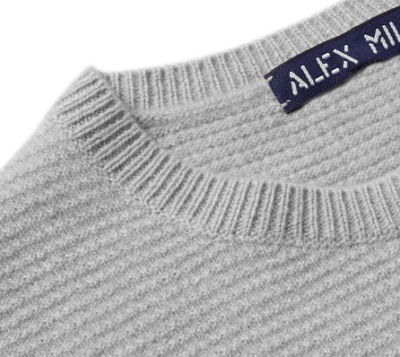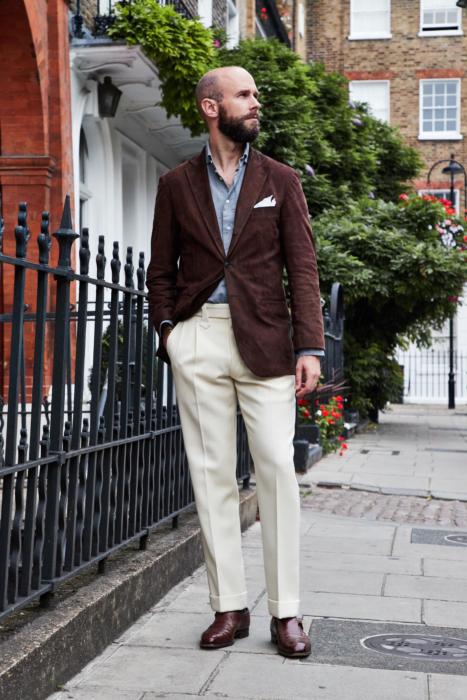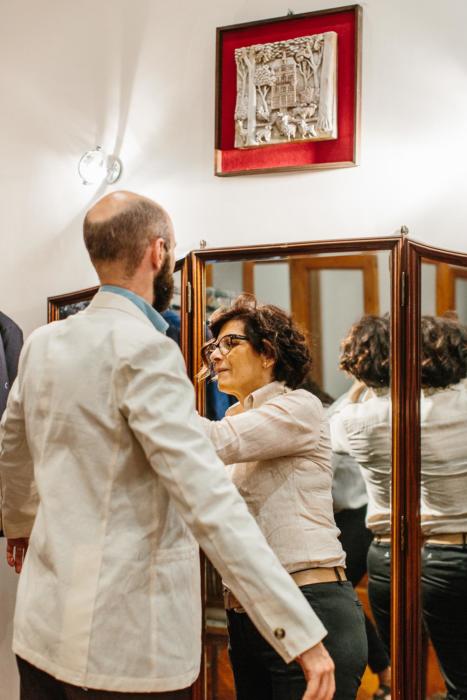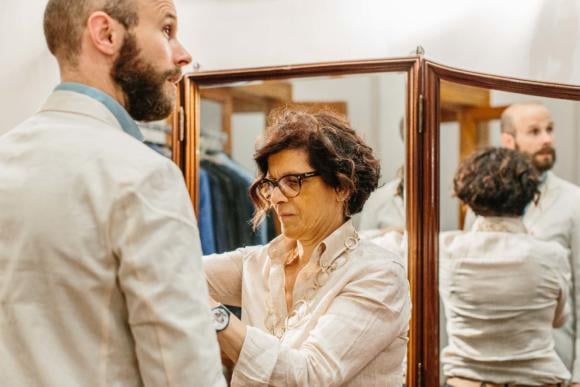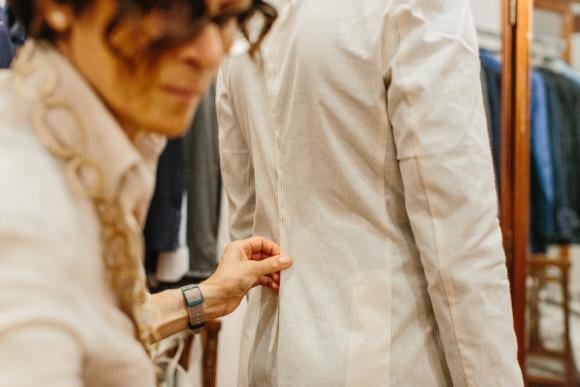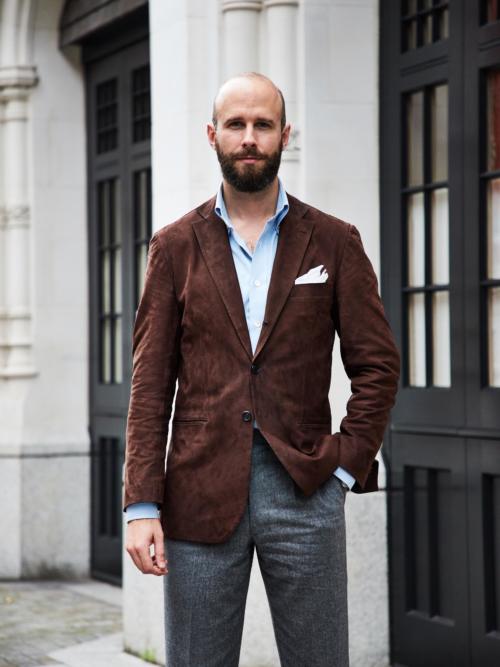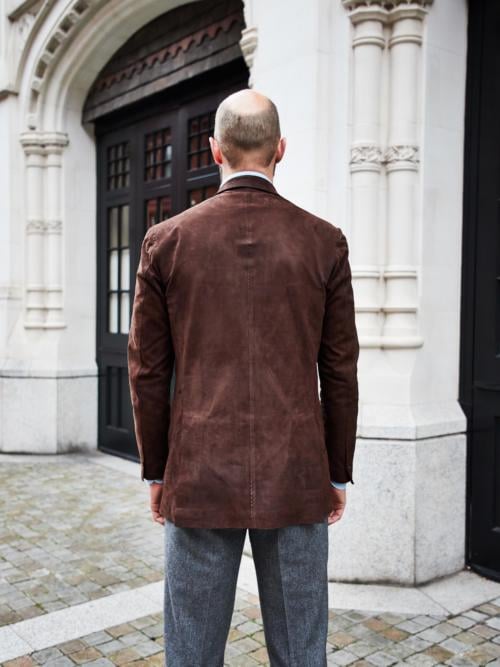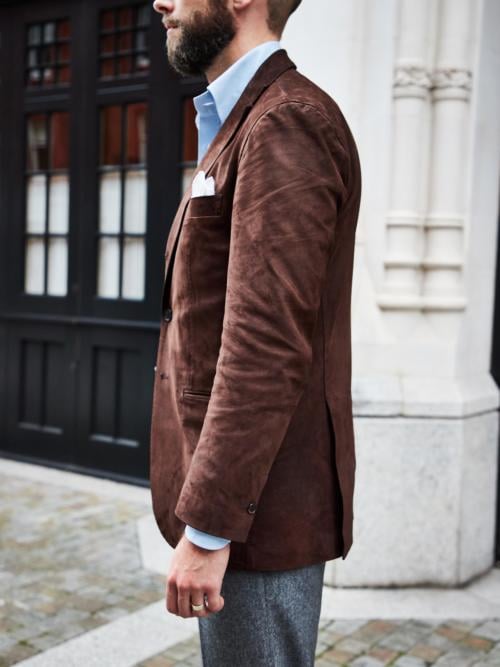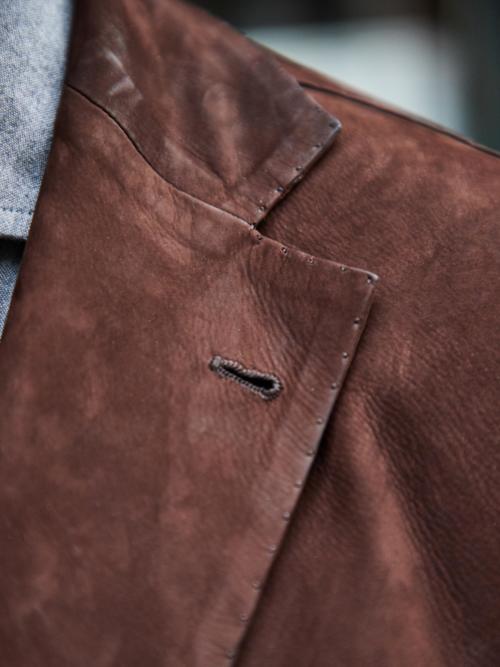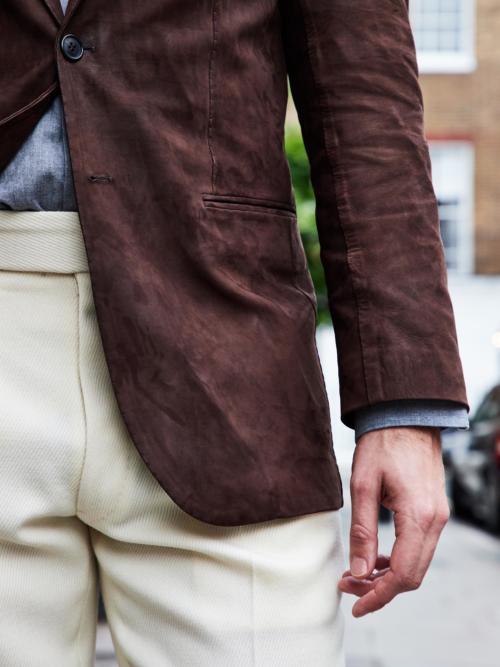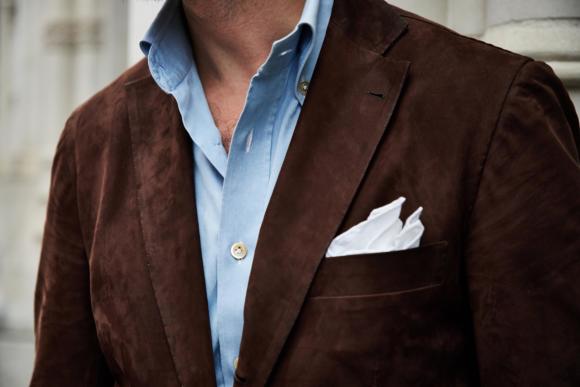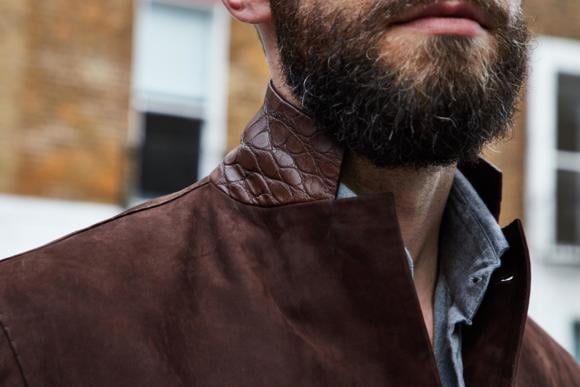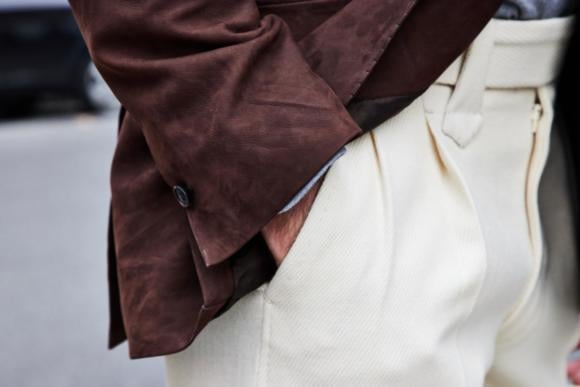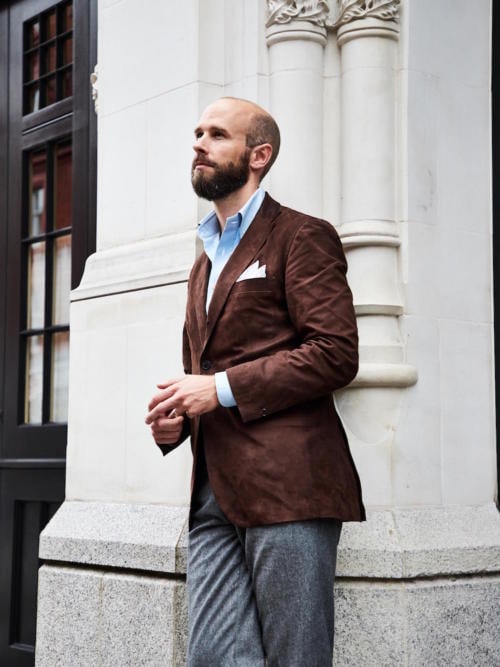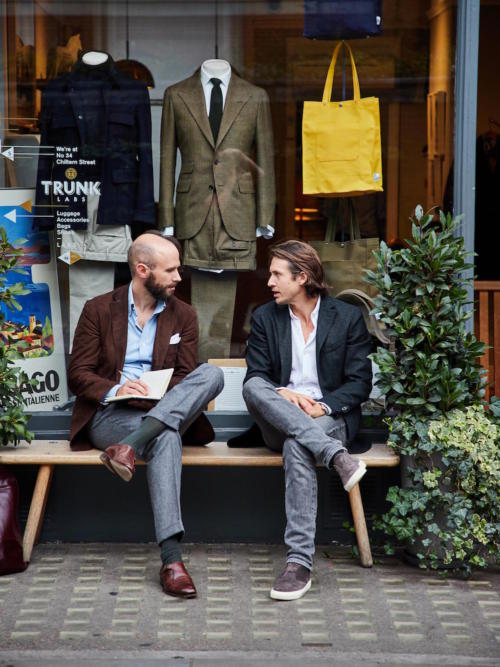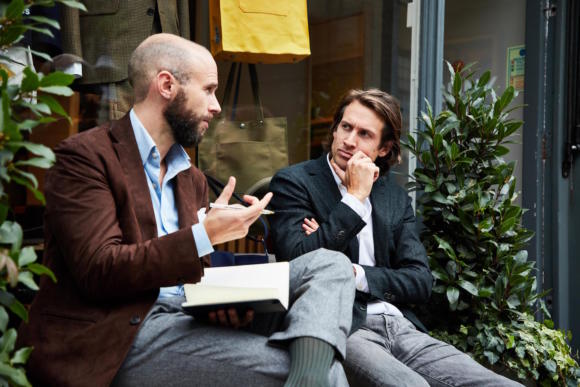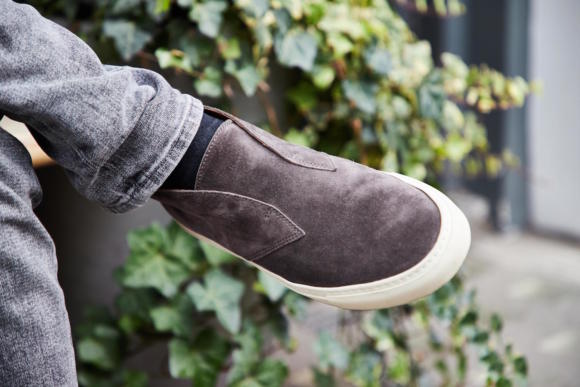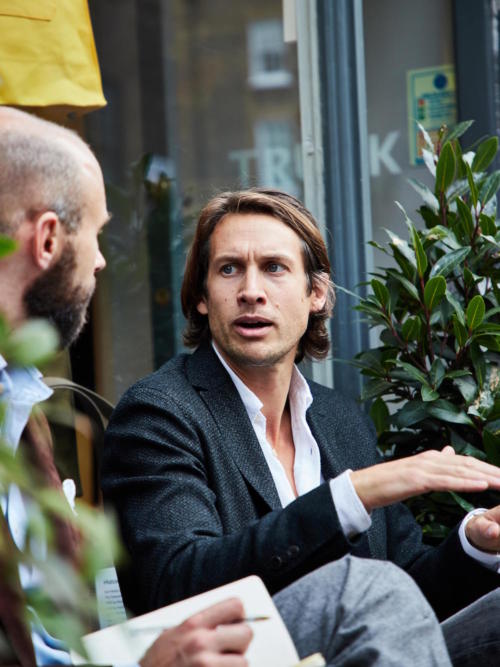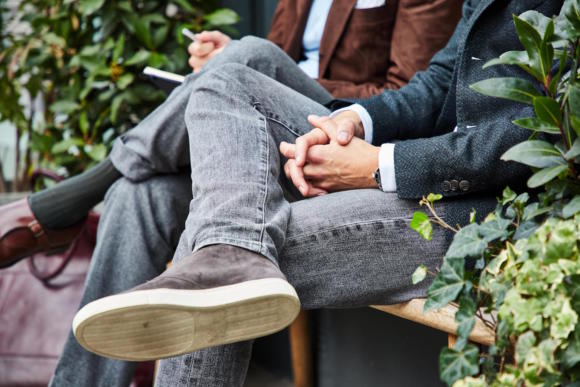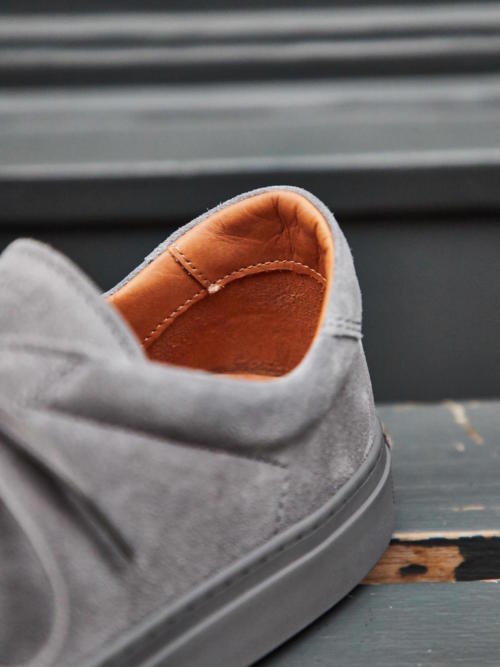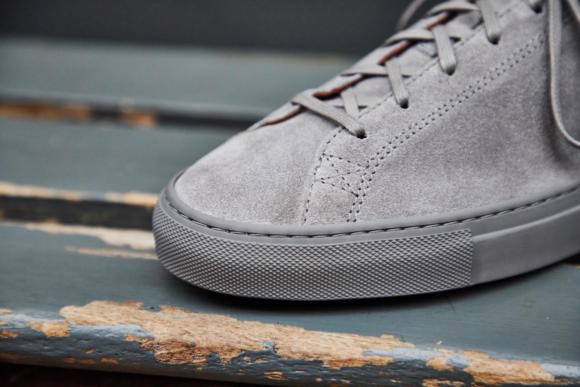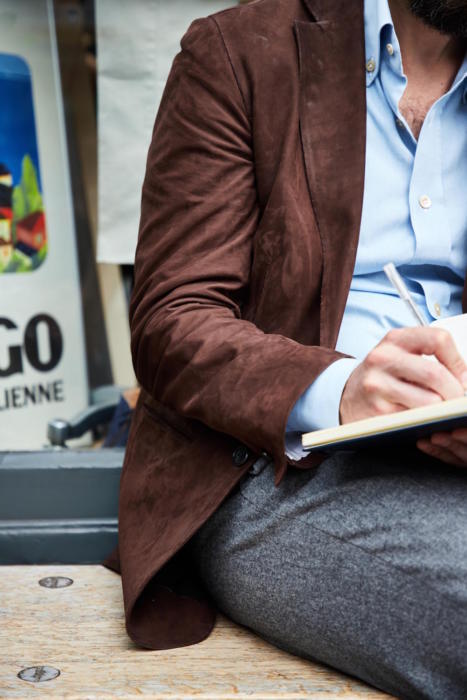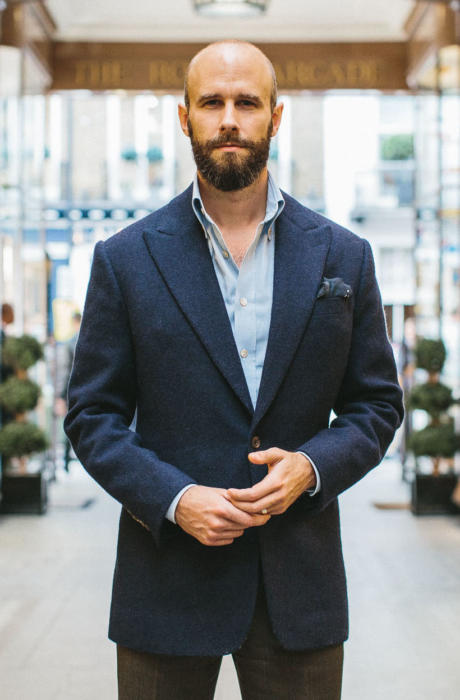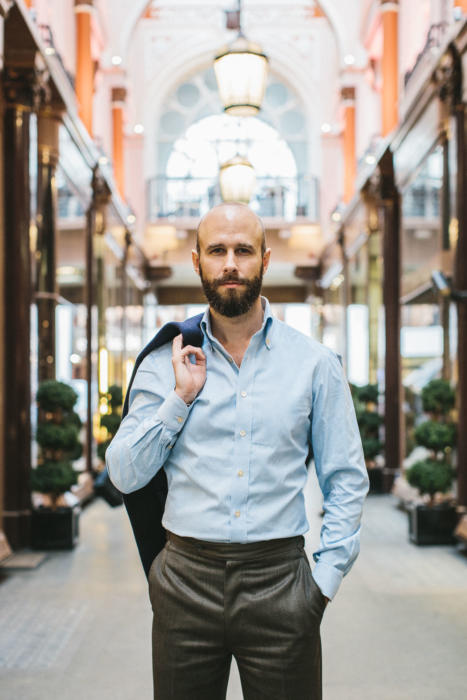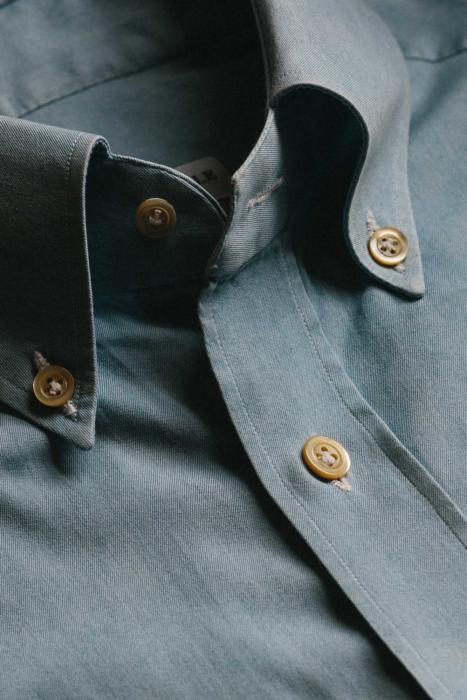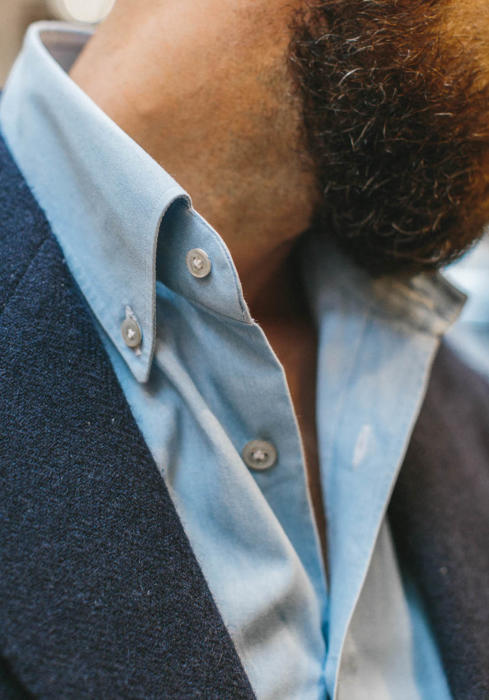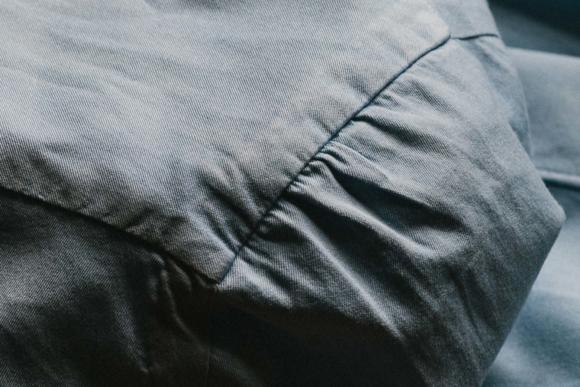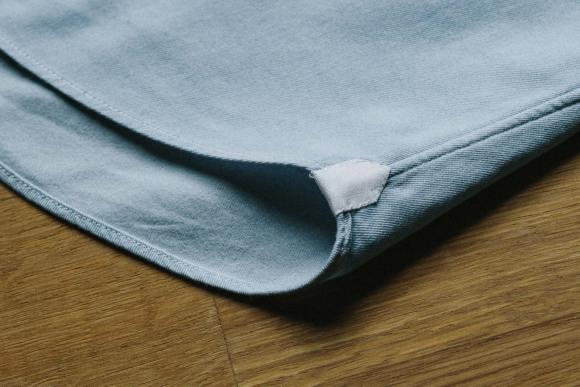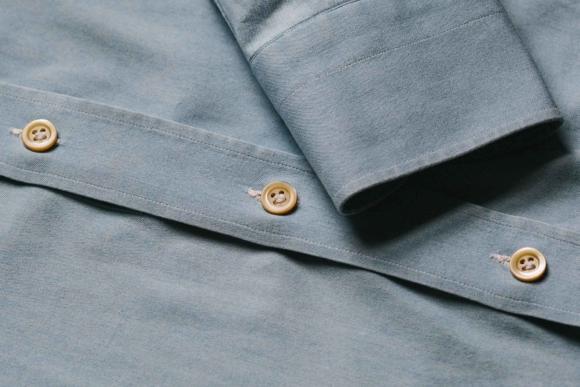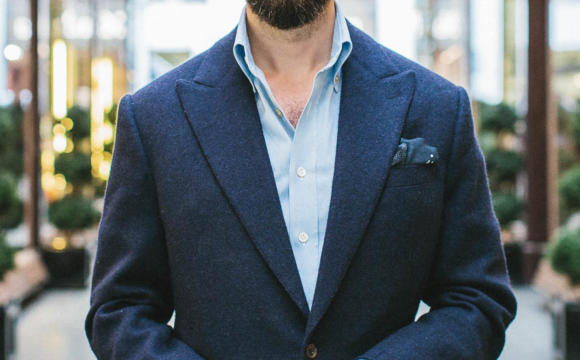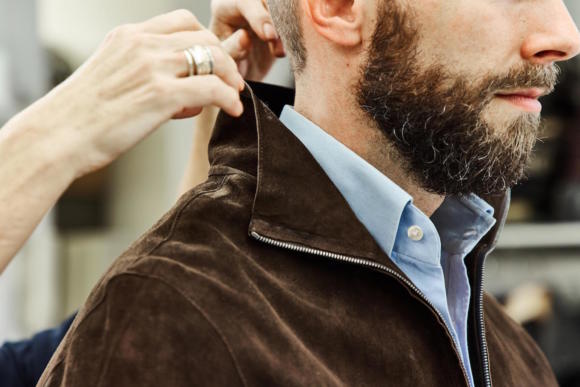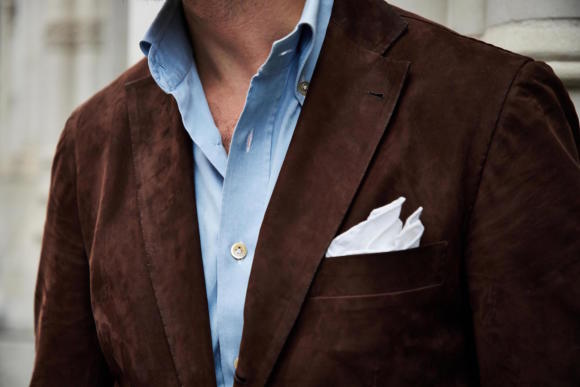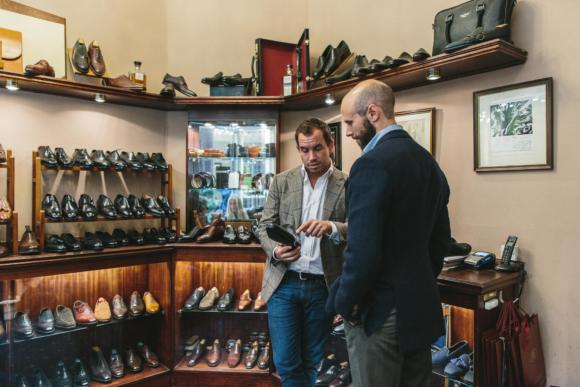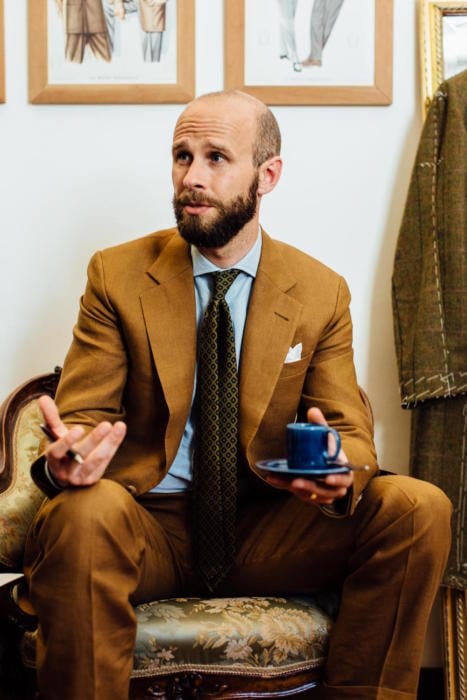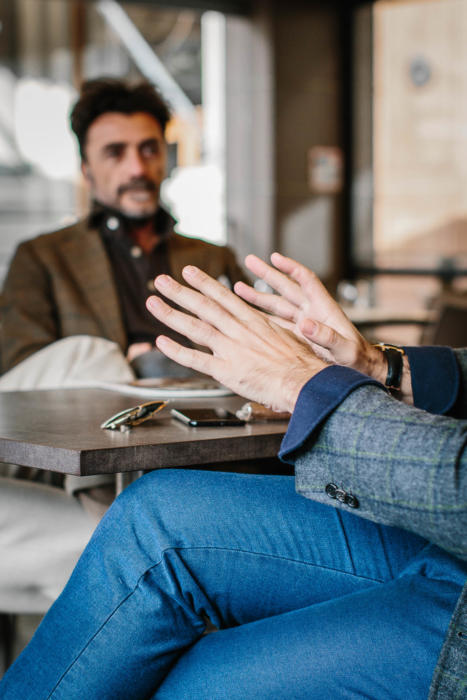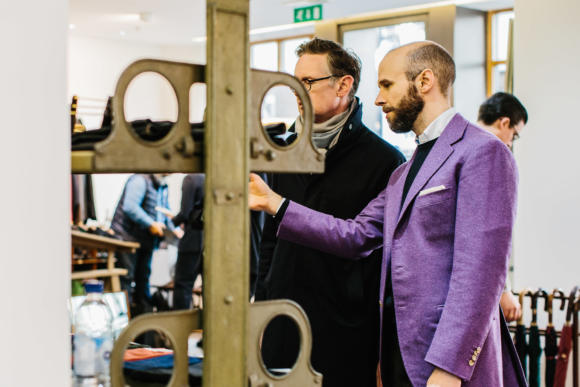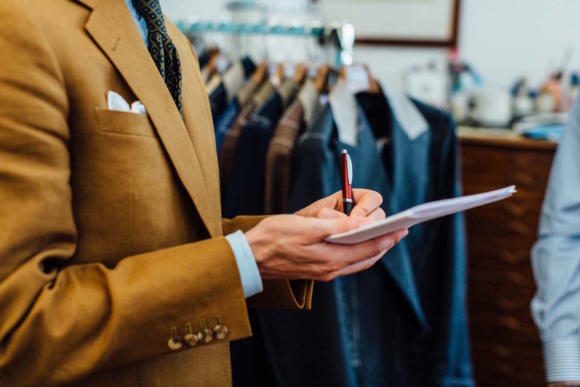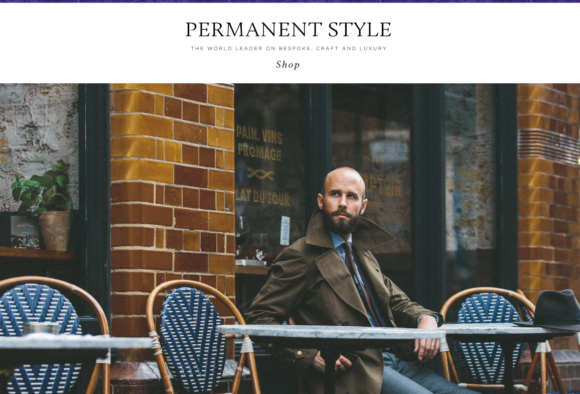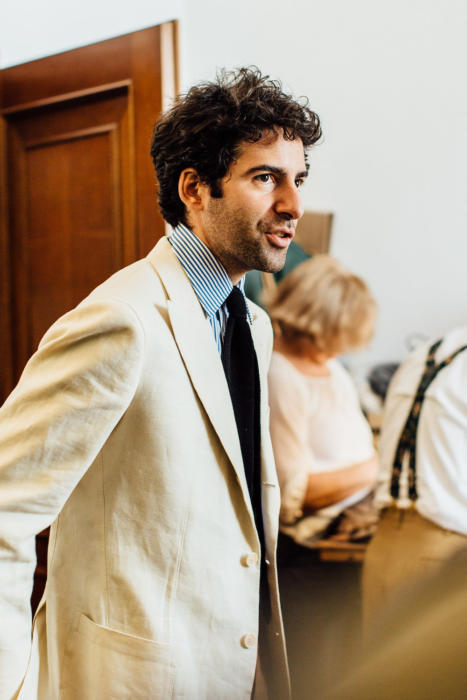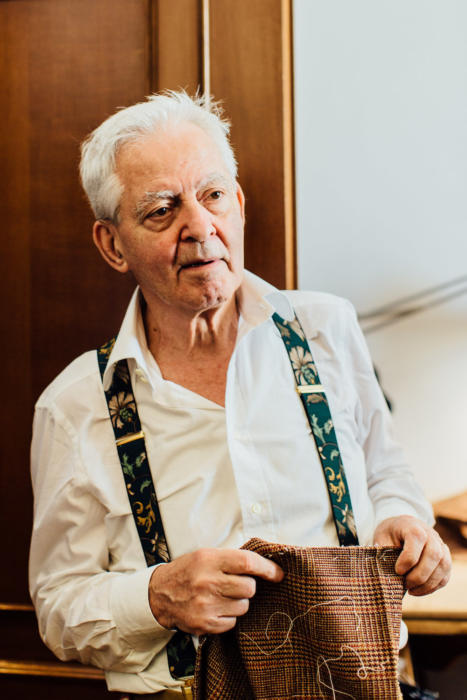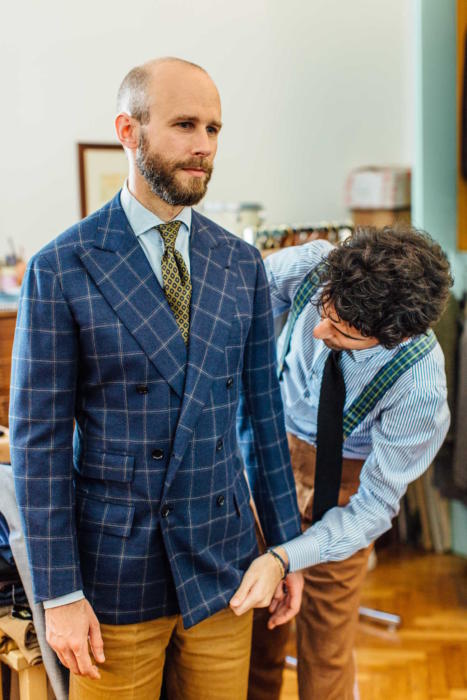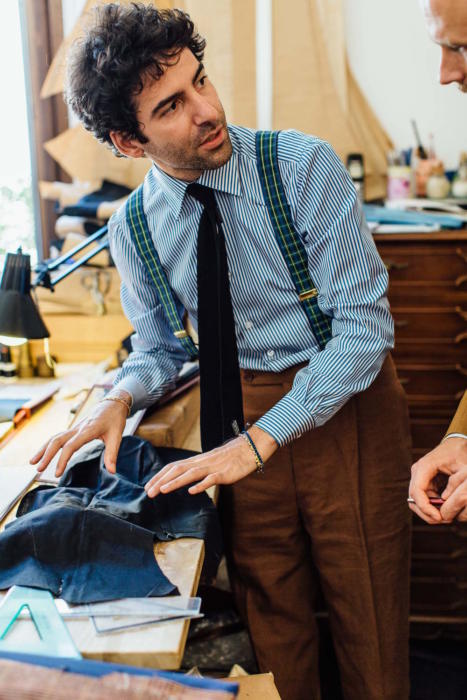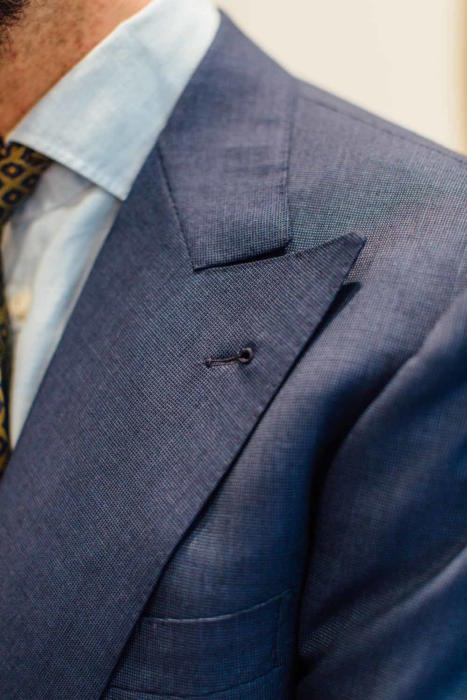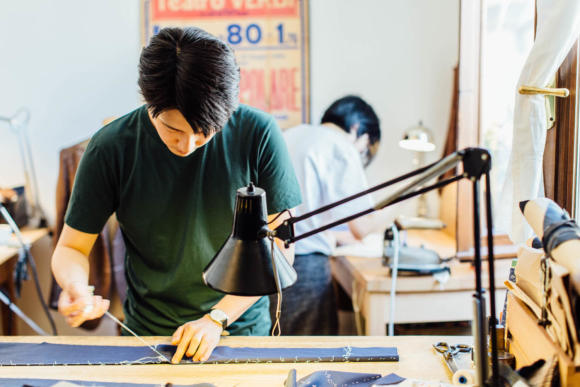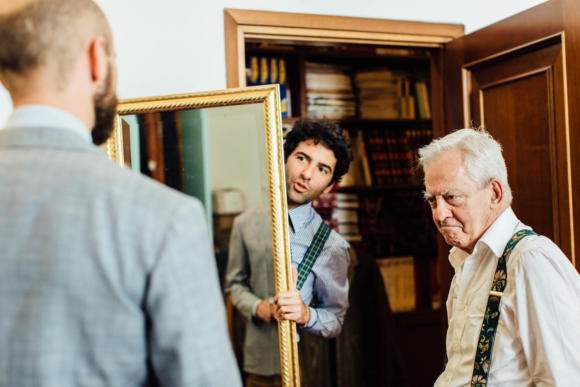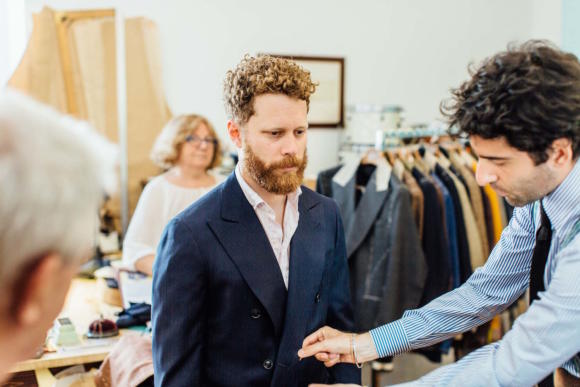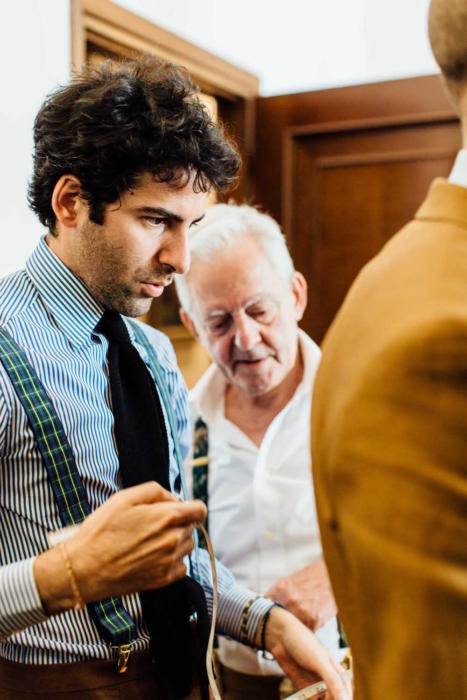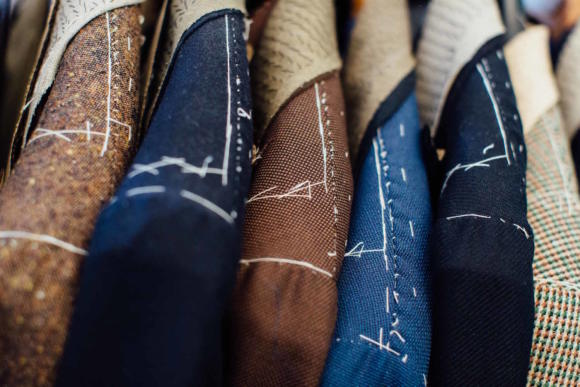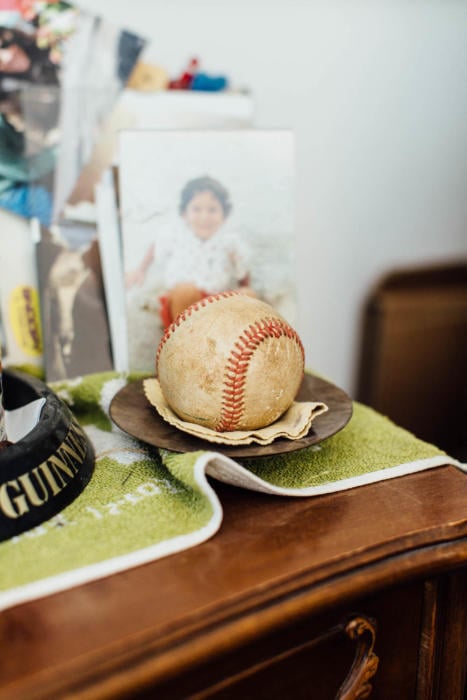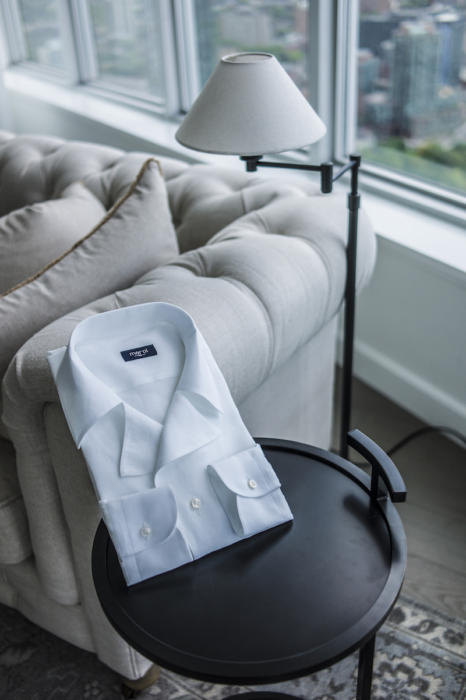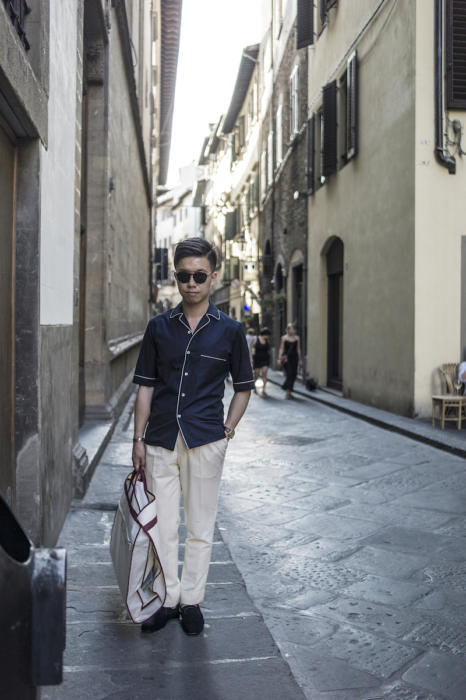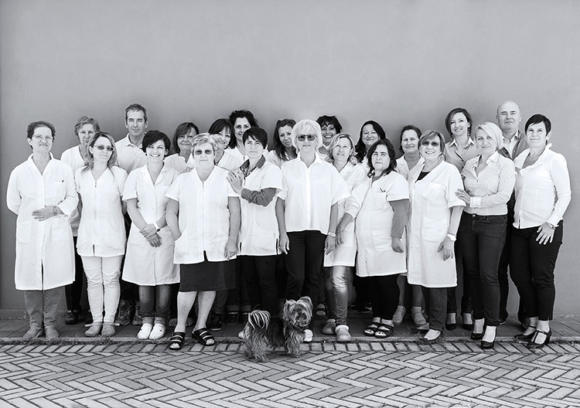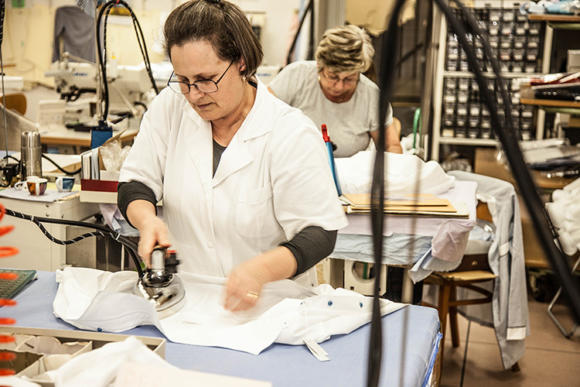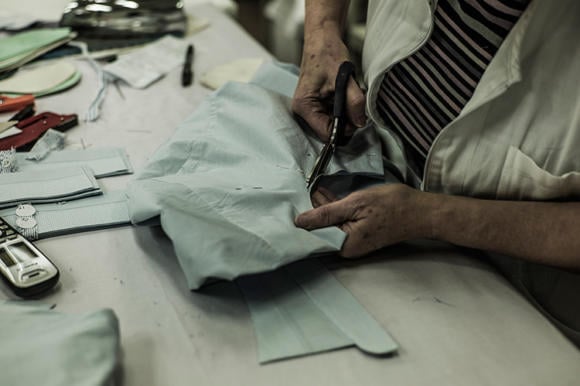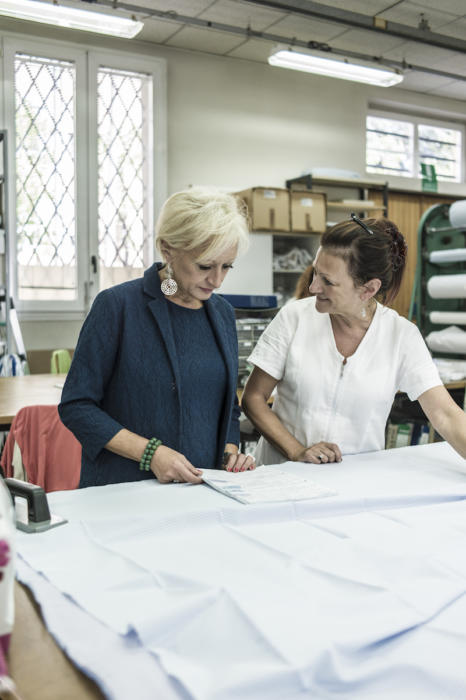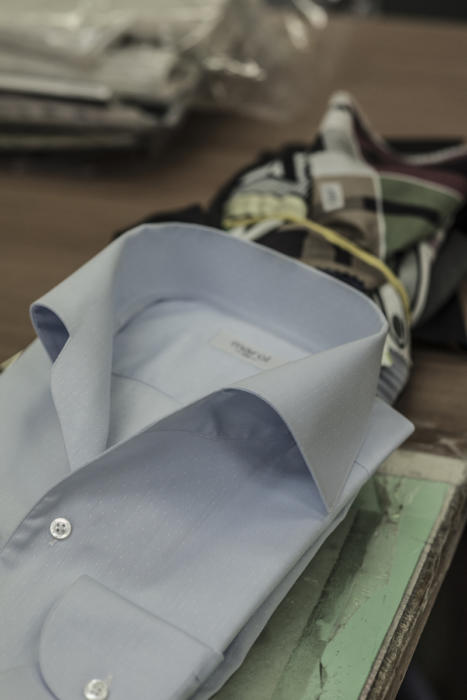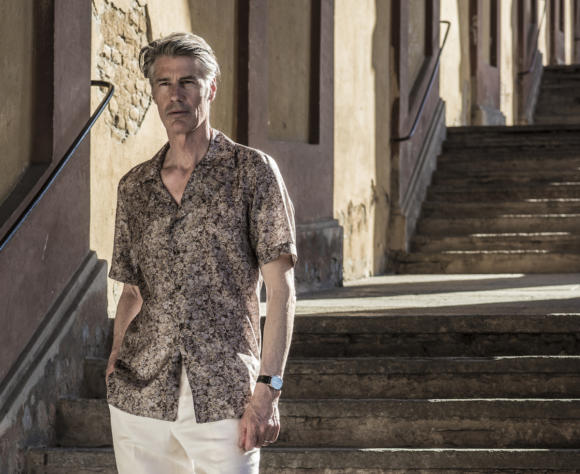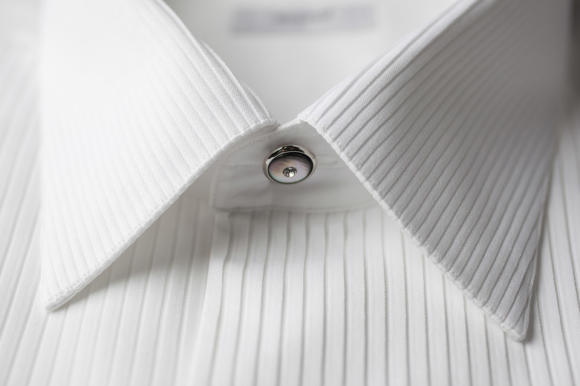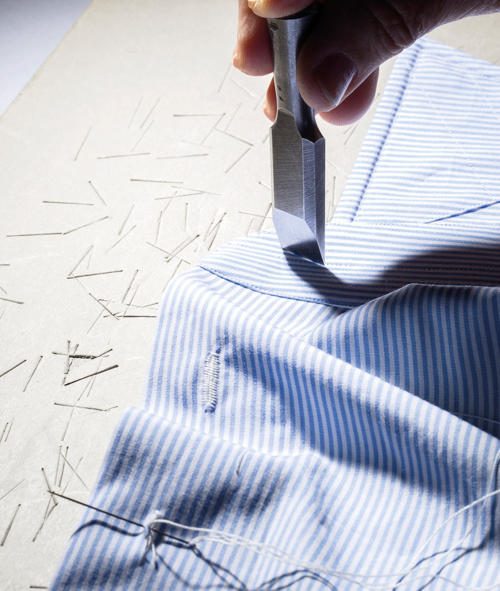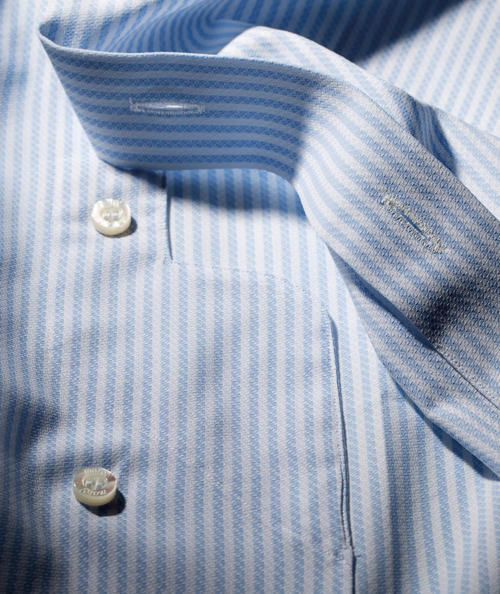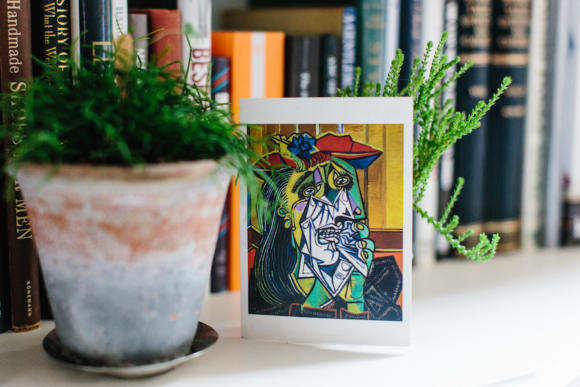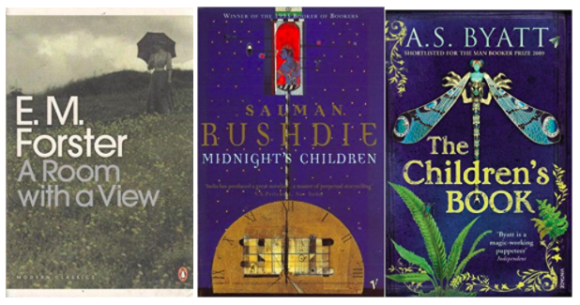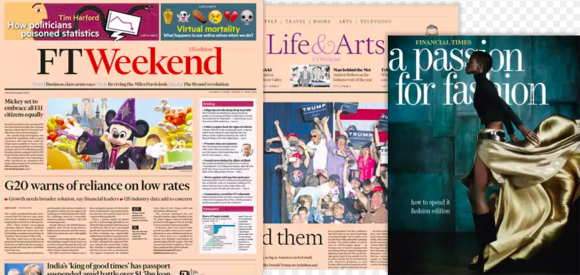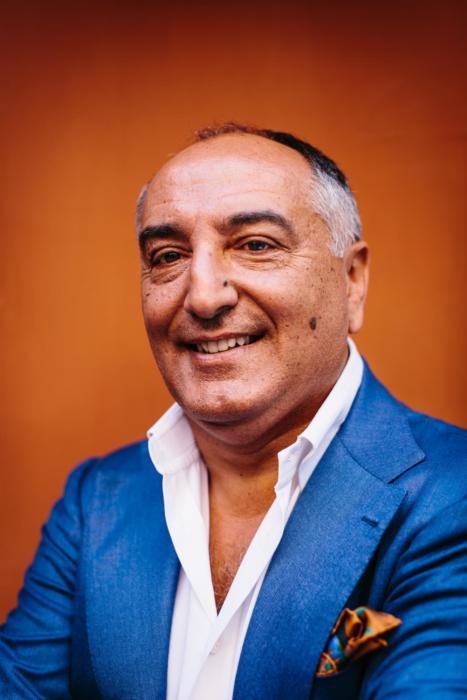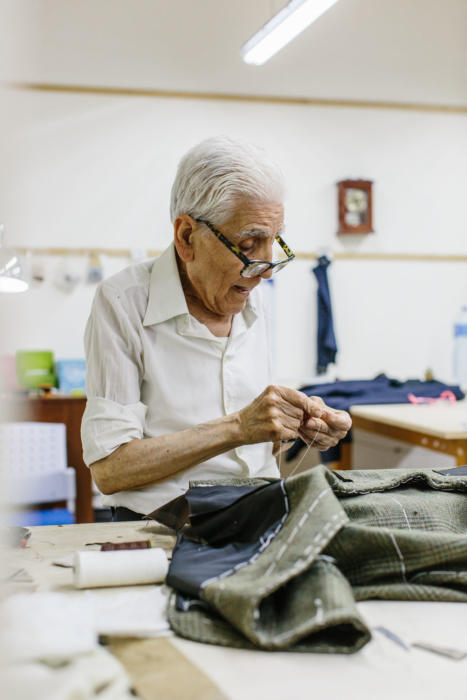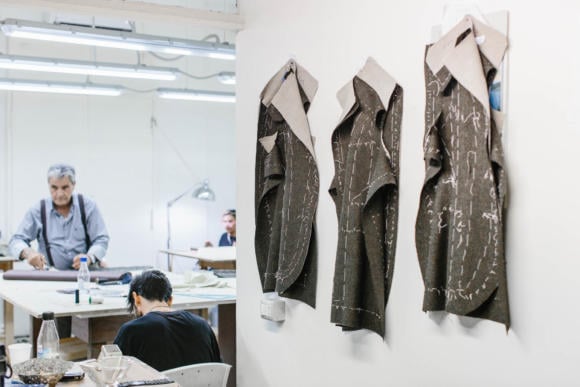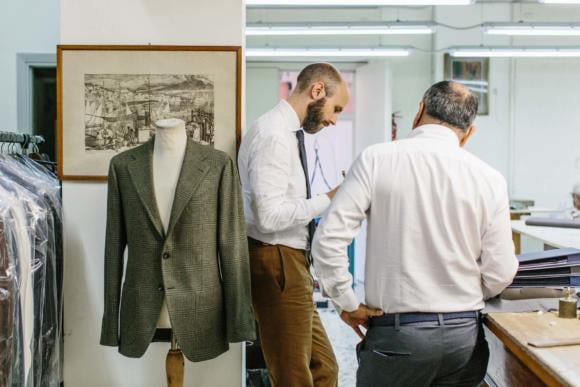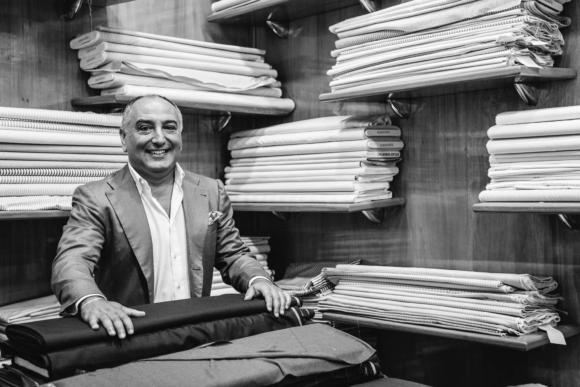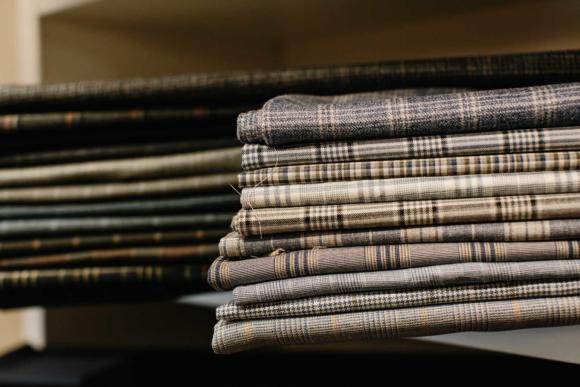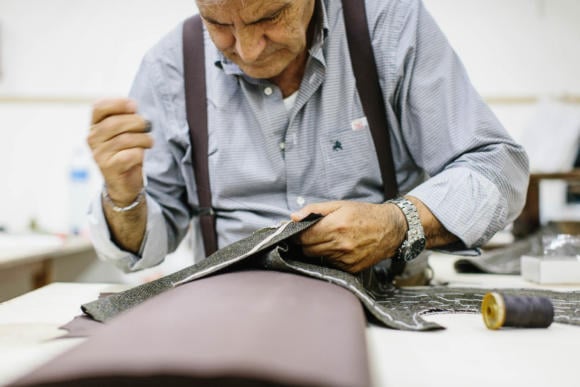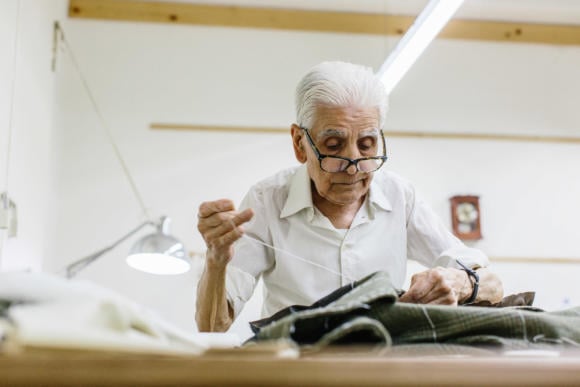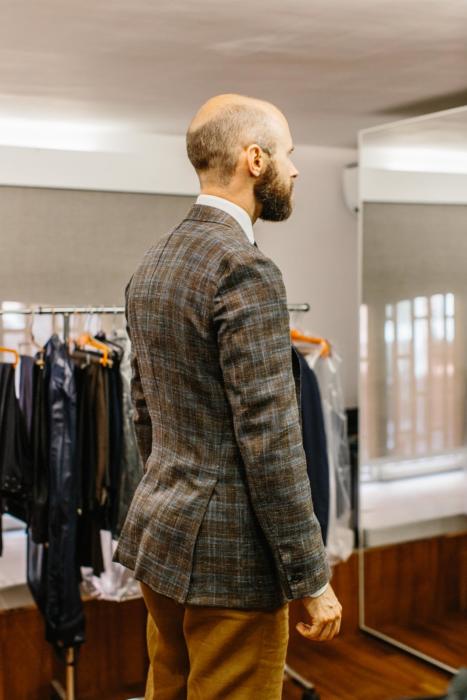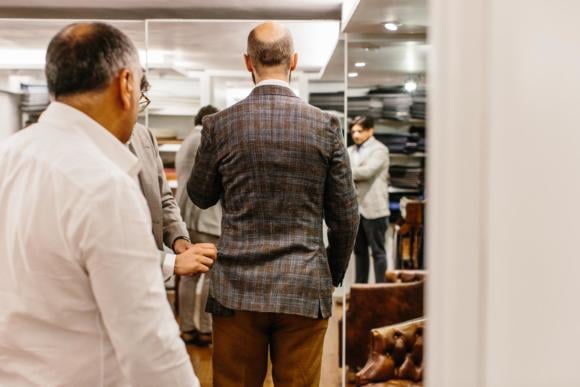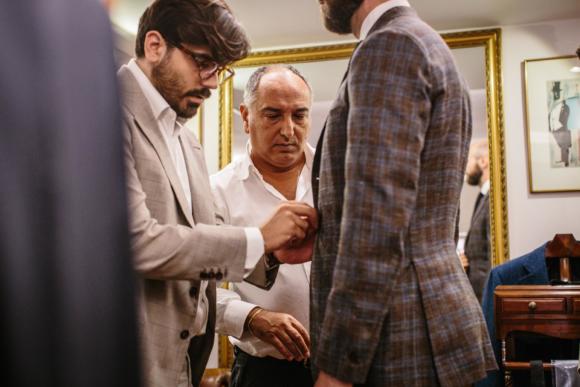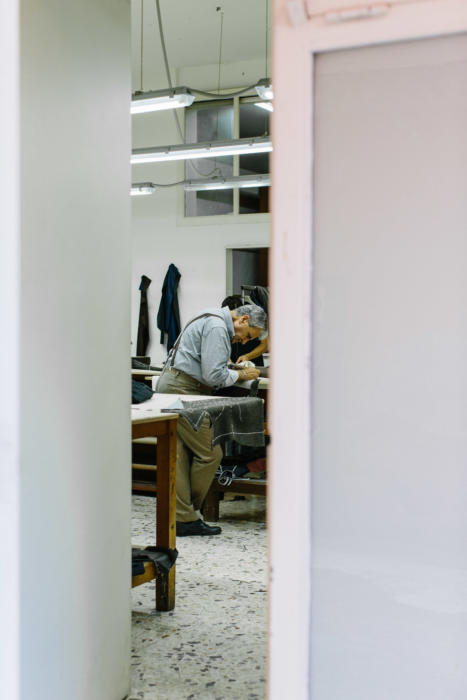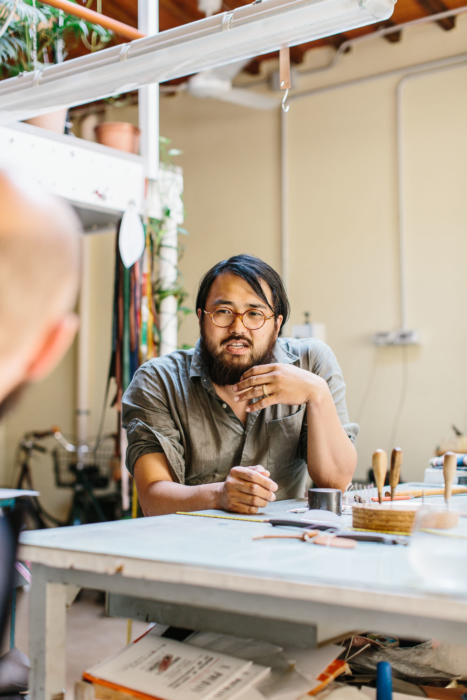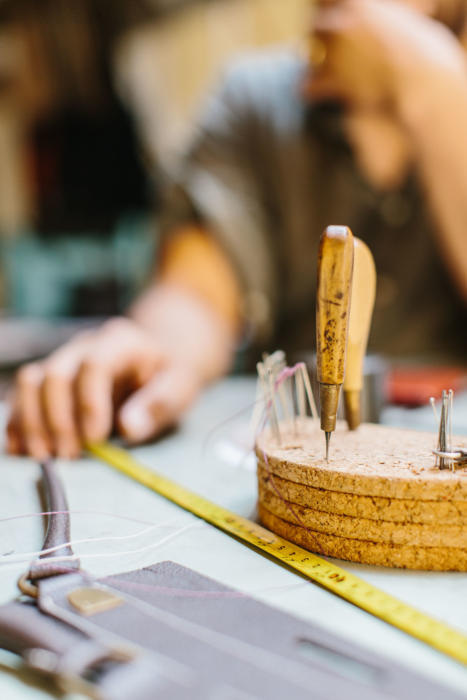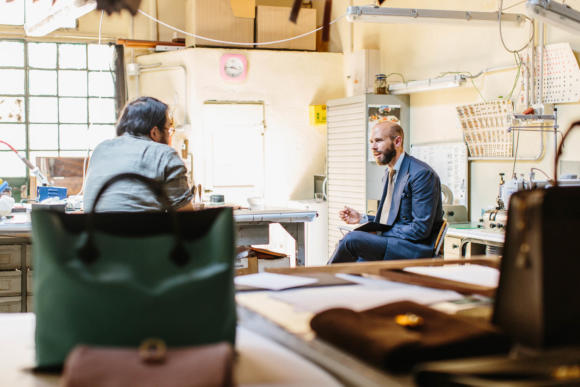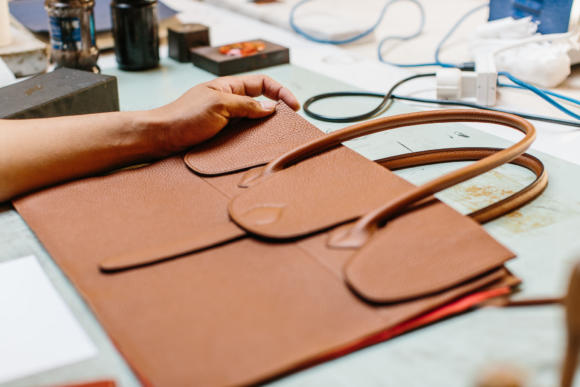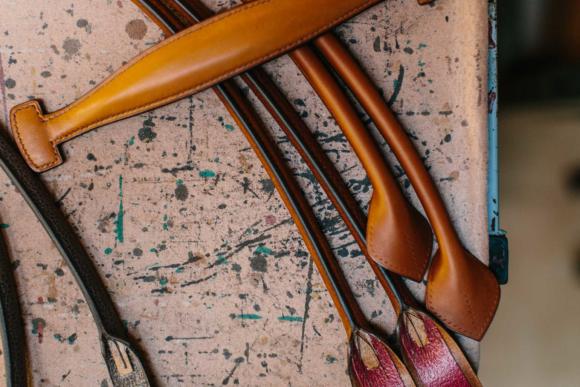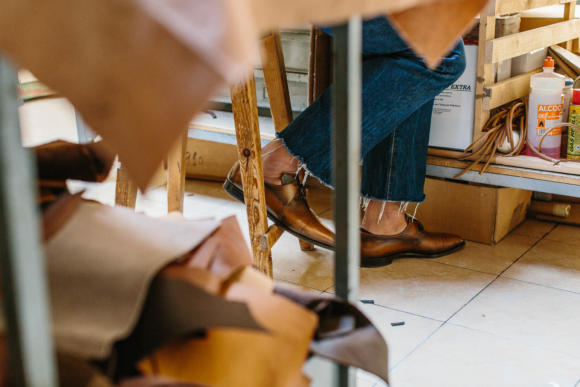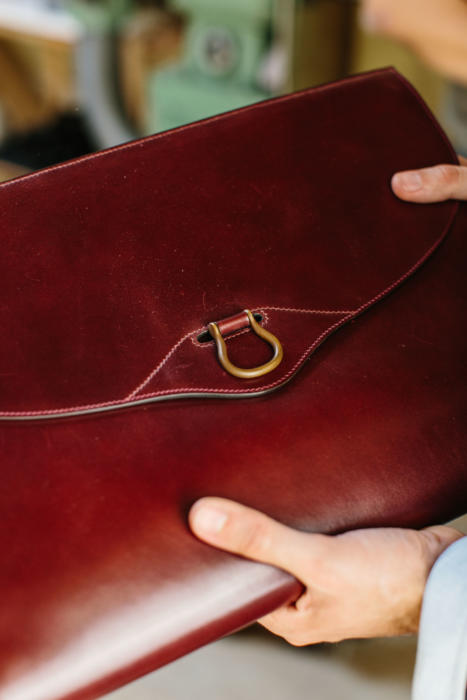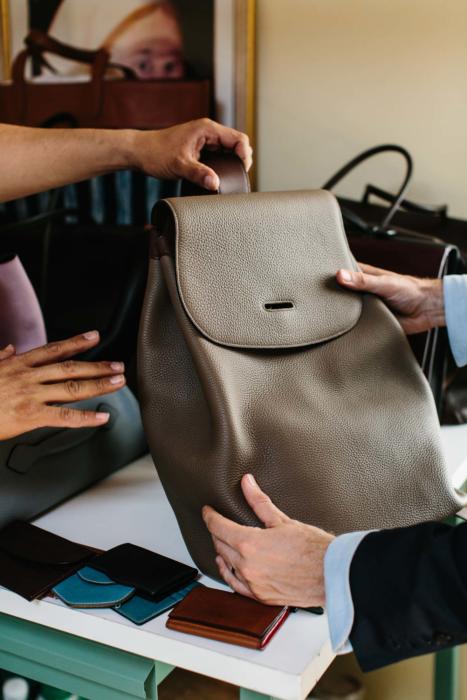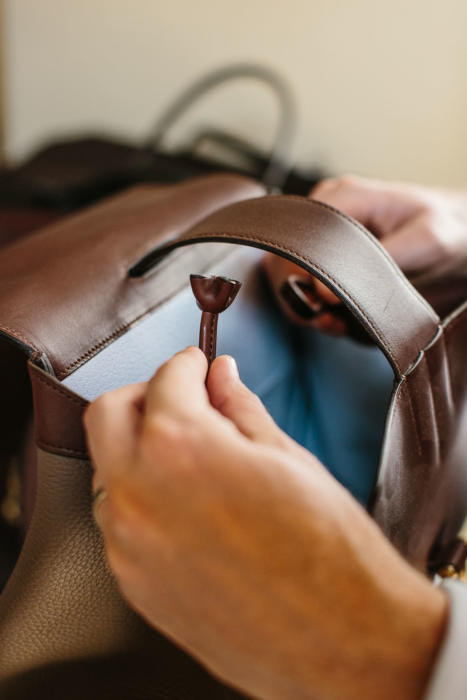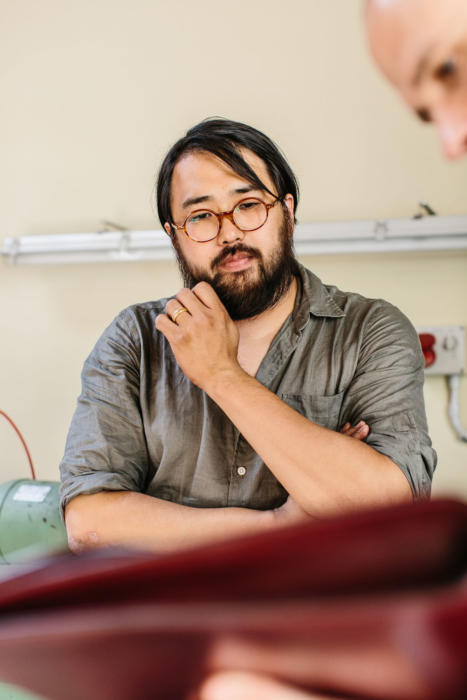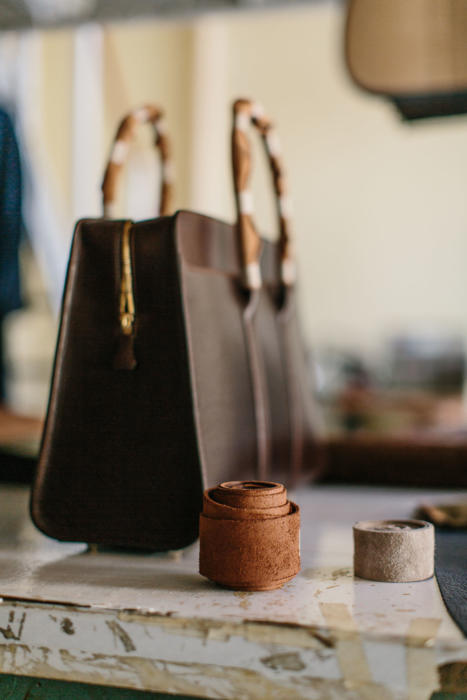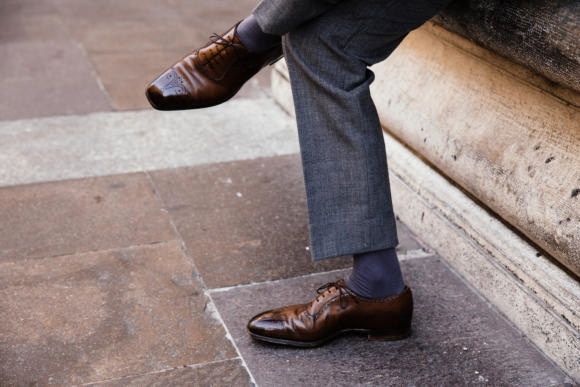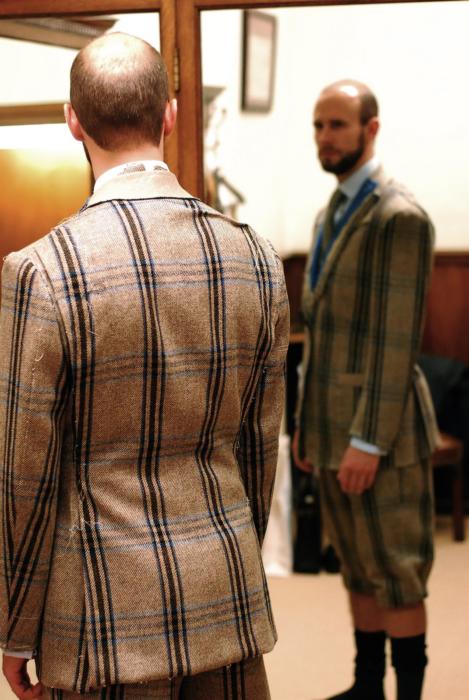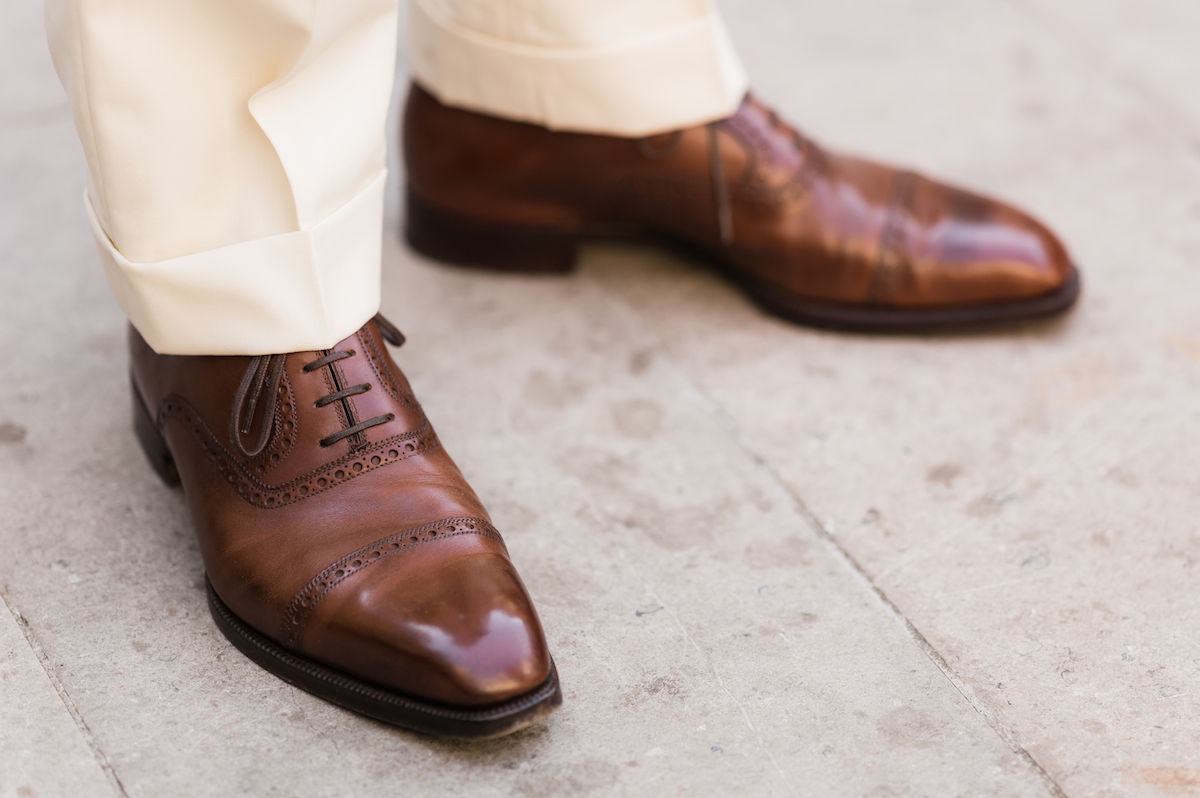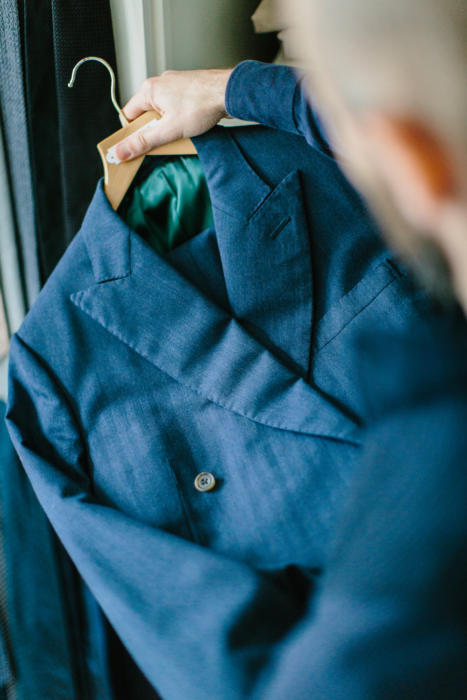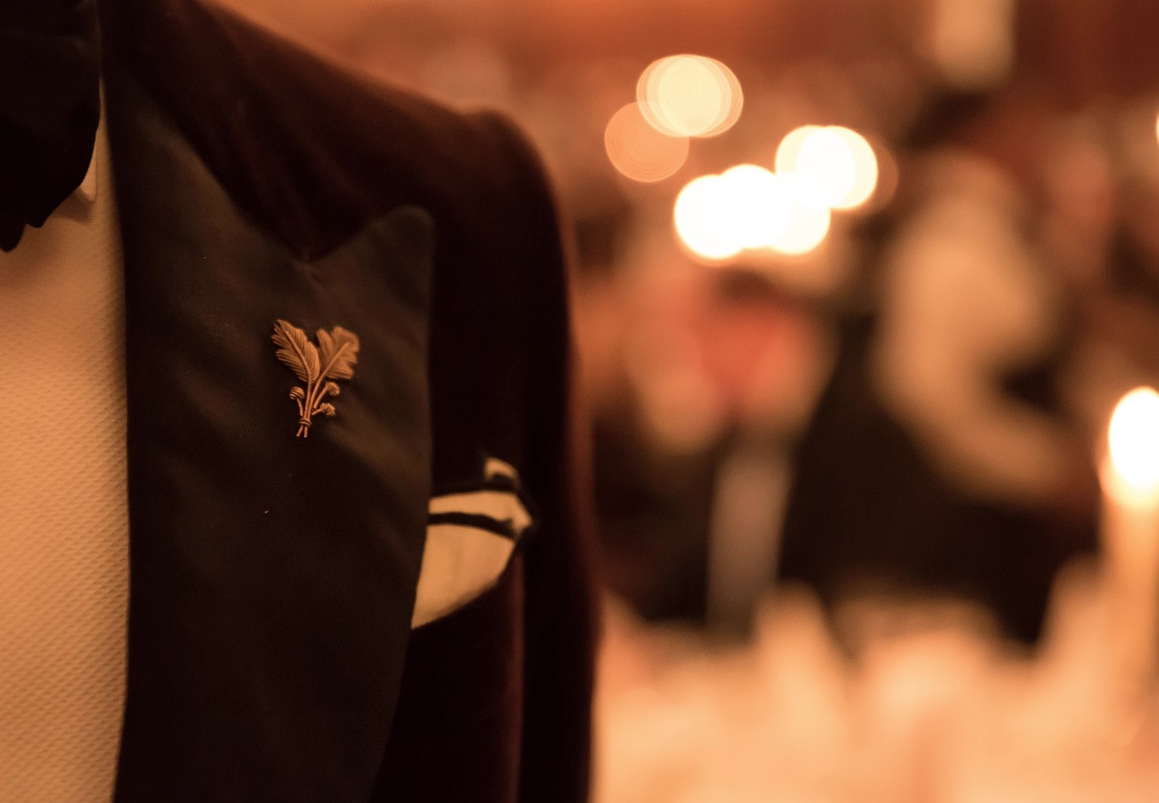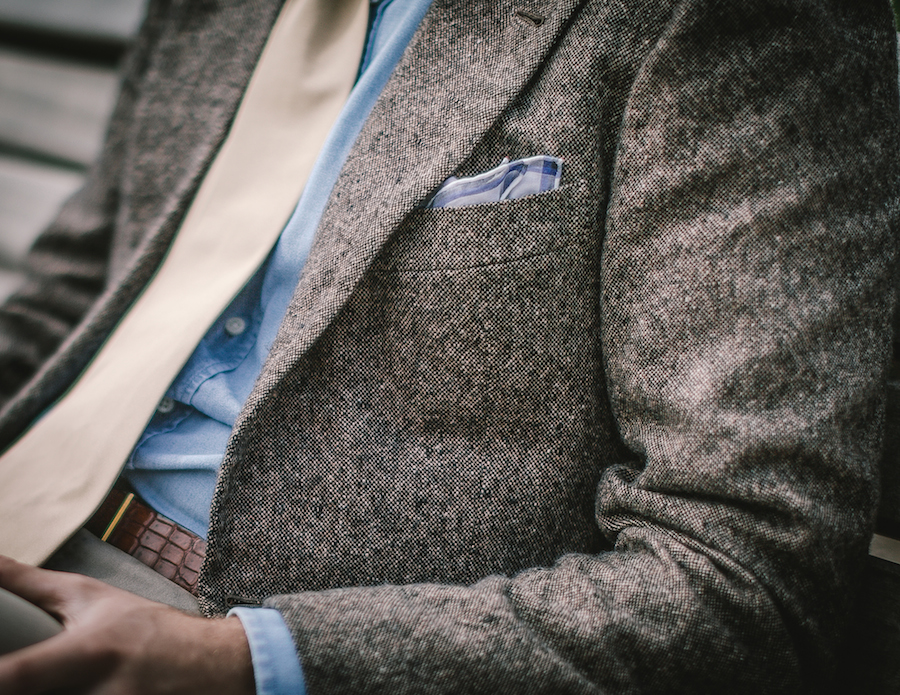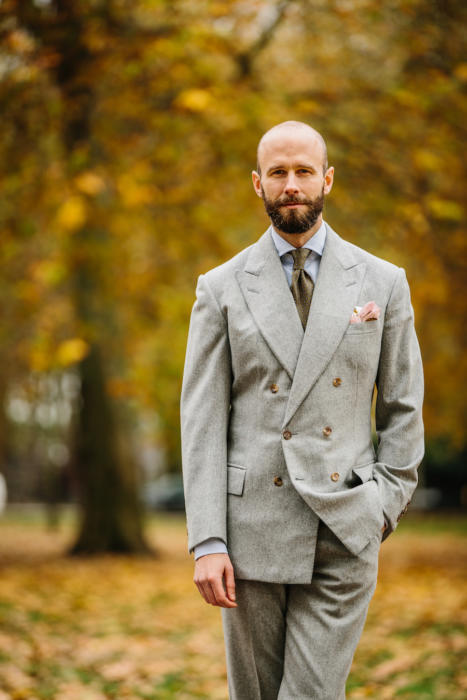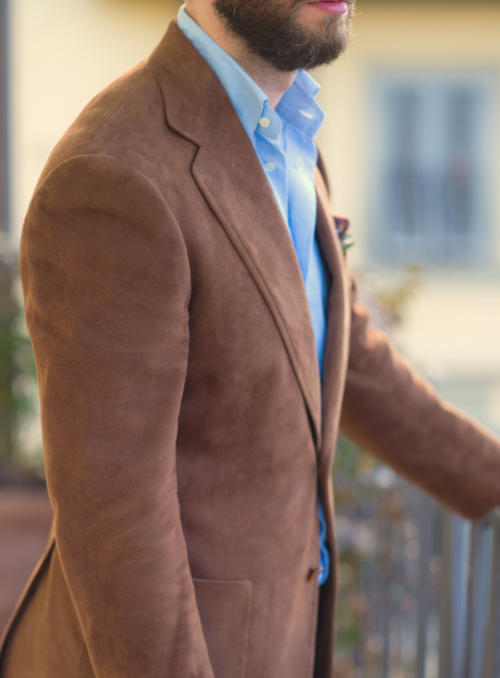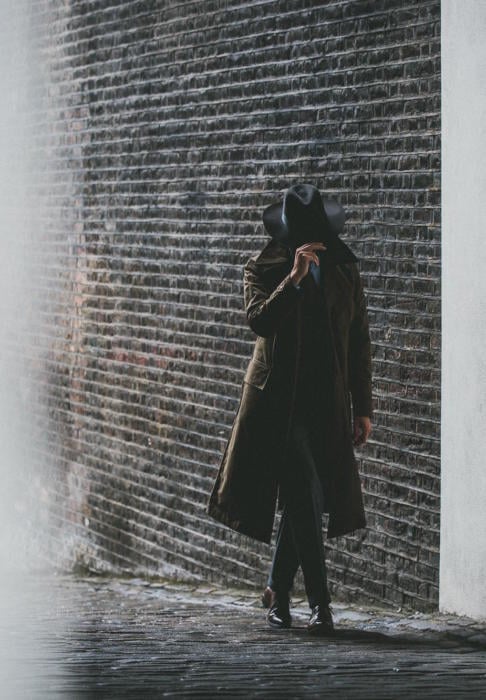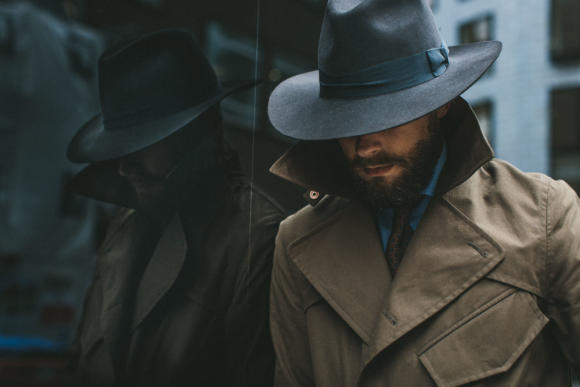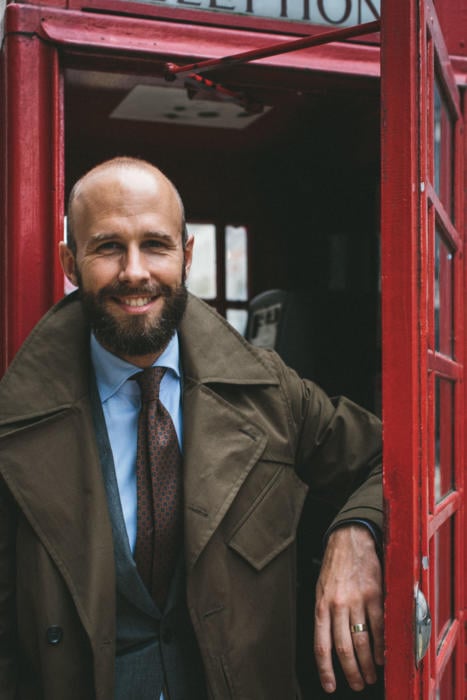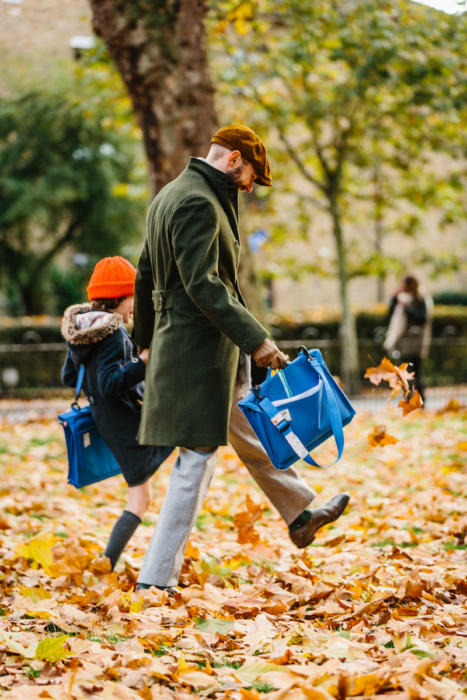
In this next instalment of posts responding to reader questions, I will try to answer those about my life outside Permanent Style.
Now, some readers have asked why I answer these questions, and indeed why readers put them. It is called a private life for a reason, after all.
But while there are limits, I do understand why readers find my it interesting. I’m interested in what music my friends in the industry listen to, for example. And in particular, I’m interested in anything that might overlap with menswear - such as taste in art or interior decoration.
On the other hand, I also understand if you just don't care.
Jamie: What are some of your favourite cultural diversions (museums, books, plays, music, films)?
As a general point, I’d say the arts are very important to me - in particular literature, film and art.
It’s actually an interesting experiment when you first have children, to see which of these hobbies you still find time for, when your free time is so drastically reduced.
I was a big music fan when I was a teenager, and I thought that would be the thing that I’d always find time for. But literature and film turned out to be more important.
Adam: What are your top 3 books and why?
Midnight’s Children: Salman Rushdie. Had a big impact on me when I read it years ago, and I’ve read it three times now. I love the way Rushdie plays with language.
EM Forster: A Room with a View. At its best, I believe literature contains more wisdom about the human experience than any other art, or science. Forster is full of it.
The Children’s Book: AS Byatt. Great writing, great story, and very evocative of progressive movements, in particular Arts & Crafts.
Anonymous: What books/newspapers/magazines etc. do you read regularly?
Almost nothing on menswear. If I do, perhaps The Big Black Book (US version) or The Rake.
Elsewhere, the Financial Times Weekend (best writing, best magazine), and either the New York Review of Books or London Review of Books.
The former is better edited, but is too often full of US politics. Both are great as a way to read non-fiction without actually having to read the book.
BespokeNYC: I’d be interested to know other blogs, websites, publications you read that aren’t about the field of menswear.
Other than the above, I listen to Radio 4 (particularly Today, Start the Week and In Our Time), read the BBC site for news and cricket scores, and subscribe to the following podcasts: 99% Invisible, The Infinite Monkey Cage, No Such Thing as a Fish, and The Comedian’s Comedian.
Anonymous: a cuppa tea or a cuppa coffee??
Coffee. I’m a bit of a coffee addict, though I prefer dark-roasted Italian coffee to the more modern (and almost ubiquitous now in London) light-roasts.
Dino: What car illustrates your style best?
I’m afraid I know nothing about cars. We don’t own one (partly out of cost and convenience, partly out of principle) and I’ve been into cars particularly. I’d always rather cycle. Unfortunately it’s not very conducive to fine clothing - there’s always a tension there.
Neil: Do you keep and consume media on a single smartphone / tablet – or are you traditional in that respect and carry individual / hard copy pieces in the wonderful bags you own?
Odd as it might be for someone that makes a living through digital media, I really dislike digital devices. I never want a Kindle - books are just too beautiful and pleasurable to use.
I have to use my phone (Google Pixel) to monitor emails, publish comments, use Instagram, but I do it as little as possible.
I’ll always have a hard copy of something with me to read, such as the NYRB, and I tend to keep notes in notebooks. But then I also use Pinterest and Evernote to categorise and organise things.
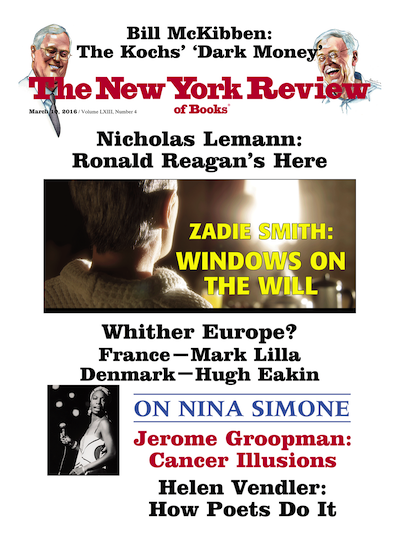 Anonymous: Why do some of your readers assume you are some kind of lifestyle guru? You have clearly gathered a lot of knowledge about the world of bespoke and artisan craft, but how would that lead someone to ask you for advice on skincare?
Anonymous: Why do some of your readers assume you are some kind of lifestyle guru? You have clearly gathered a lot of knowledge about the world of bespoke and artisan craft, but how would that lead someone to ask you for advice on skincare?
Well, I guess because there’s no reason my approach to writing about clothing - which tends to be more analytical and objective - couldn’t be applied to other areas like grooming.
But I tend to avoid doing so, only occasionally writing about things like perfume or electronics, because I don’t want the site to lose focus. And because it would take a lot of work to get to the same level of knowledge in those other areas.
Zubair: What’s your favorite piece of music or favorite artist in that category?
As a kid I was a heavy metal fan (Iron Maiden, Machine Head, Metallica) and as an adult more into blues and jazz. Most of the music I listen to today is either modern versions of blues music, or old jazz.
Current examples of stuff I’m listening to are Dan Auerbach, Wilco and Kyuss. And Wynton Marsalis.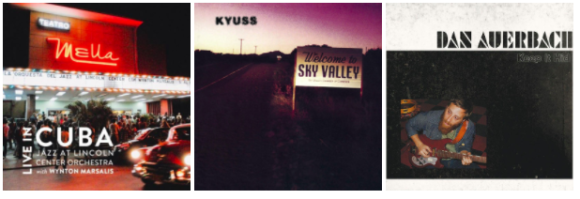
Gary: How would you describe your interior decoration preferences? And in the same vein what artists do you like?
I’m a big fan of decorative arts as a whole: when I used to backpack around I’d spend a lot of time sketching church windows, ironwork, textiles. That’s still something I love and study when I can.
So my tastes in interior decoration tend towards the antique and the patterned - heavy dark-wood furniture, Persian carpets, William Morris.
Modern art, particularly abstract expressionism, was a big love of mine at school, and I regularly visit the Tate and National Gallery here in London. Favourite artists might be Kandinsky, Toulouse-Lautrec and Rothko.
Jeff: what do you do to keep fit/stay the same size; what, if anything has changed for you in this area since you started the blog?
I’m fortunate in that I’ve always been sporty, and particularly liked stamina sports - running and cycling.
I get pretty jittery if I don’t exercise regularly. Commuting every day by bike helps a lot, and I usually run to work once a week if I can.
That helps keep the same size for clothing, though I do vary a bit if I’m training for a competition or something else in particular.
Stuart: How does your family deal with an ever expanding wardrobe and your (other than the family's) storage requirements?
We moved house recently and now have an attic that’s great for storage, but it’s still an issue. They are very tolerant, but it’s certainly helped a lot as the blog has become a source of income in recent years, rather than just a hobby.
Below you can see the main wardrobe, which has double-level hanging, ties on rails, and shirts and knitwear folded on the shelves. I generally fold my shirts because I have to carry them folded to work on my bike anyway. If I'm careful they don't wrinkle much.
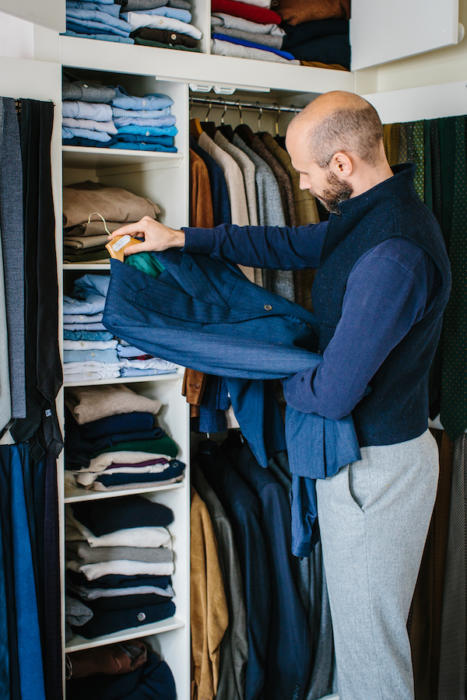
Dino: We only have so much time and money and you seem to be devoting a fair amount of both to tailored clothing. Do you think this is being done against another domain of your life? What other part of your life is getting less commitment because of the attention to tailored clothing?
Good question. I clearly find time for all the other things mentioned above - books, film, art, family. But there are a few things that are perhaps on the same level of importance as clothing which I ignore - cooking in particular, which I’ve never been good at, and general practical things like DIY.
This post is relevant here if you haven’t read it: ‘Clothing is not important’
Gary: As a father and husband, how do you find a proper work/life balance as your role in the industry becomes more valuable and desired? How do you budget your time and maintain a level of sanity?
I’m not great at this to be honest, often finding myself thinking about work in the evenings or at the weekend.
But having children helps a lot. If I’m with them I feel too guilty if I’m working or on my phone. So they make me relax, and I love being with them.
Photography: Jamie Ferguson @jkf_man
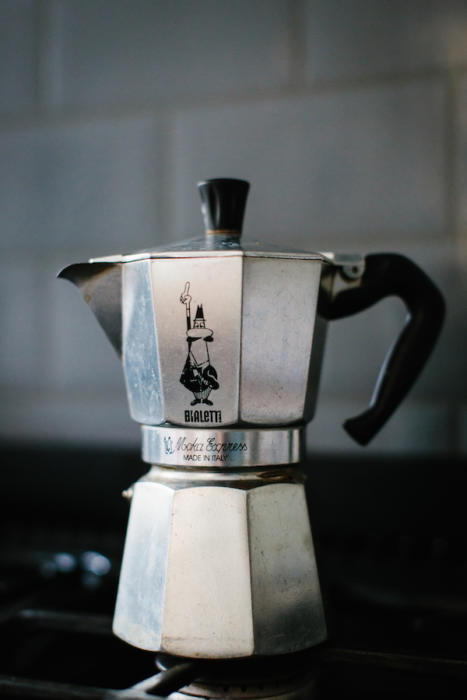
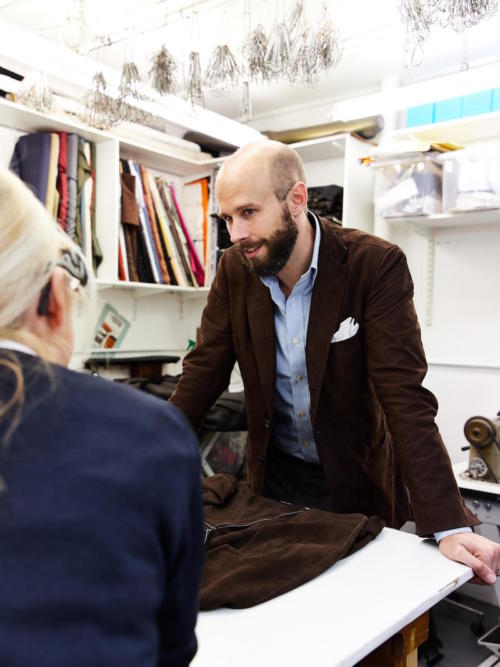


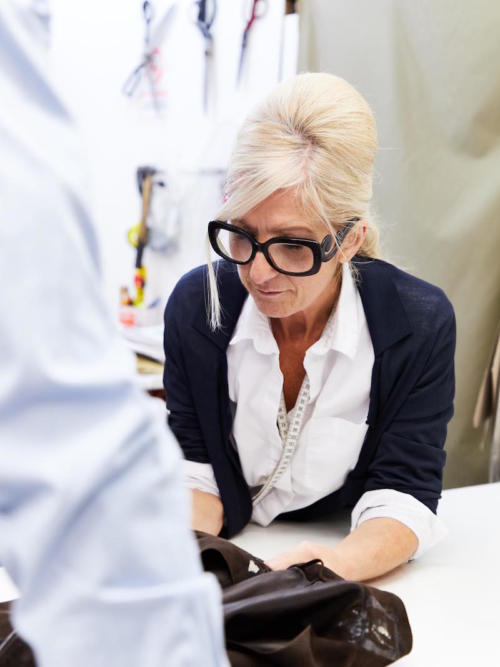
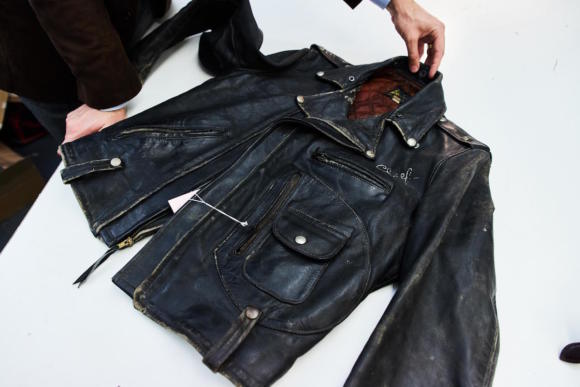
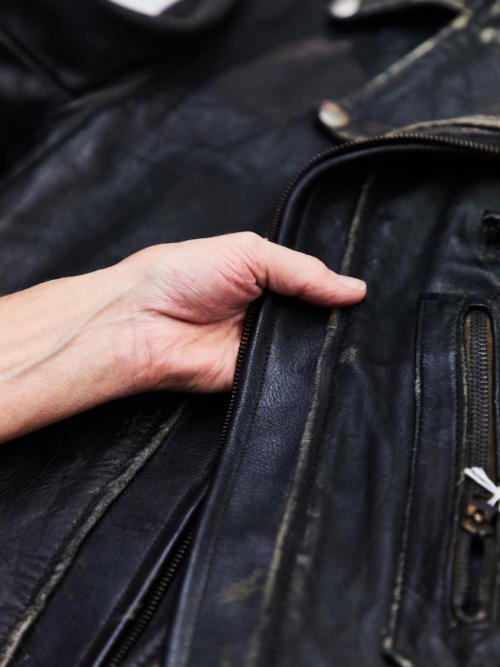
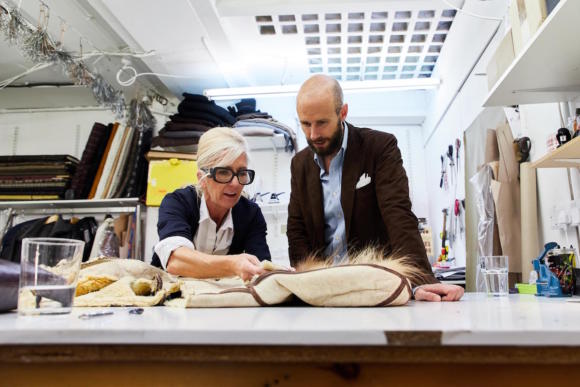
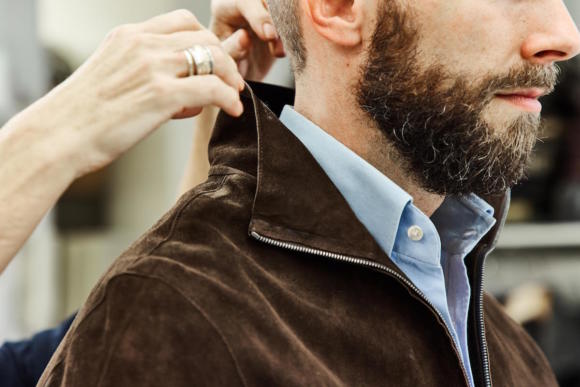
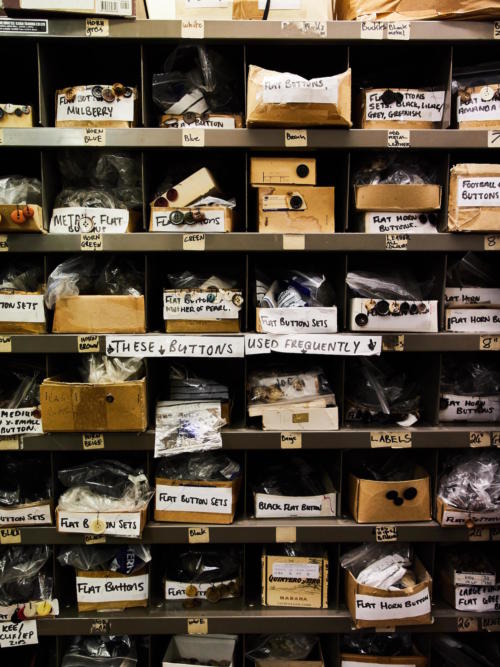
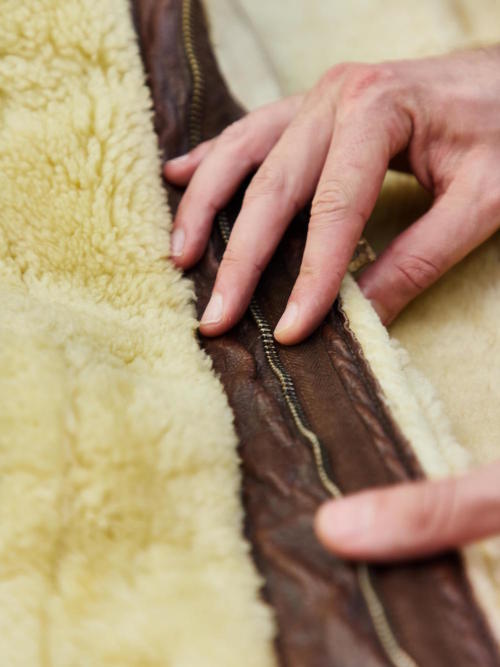


























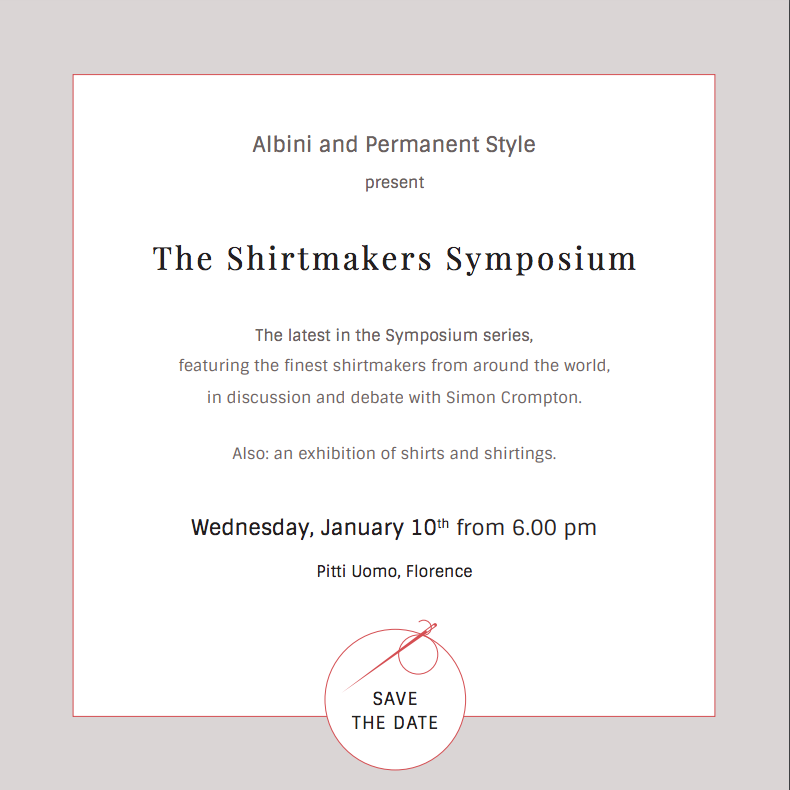
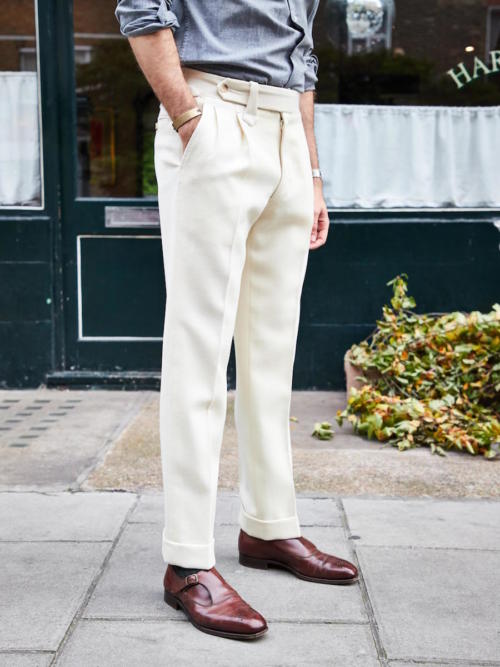
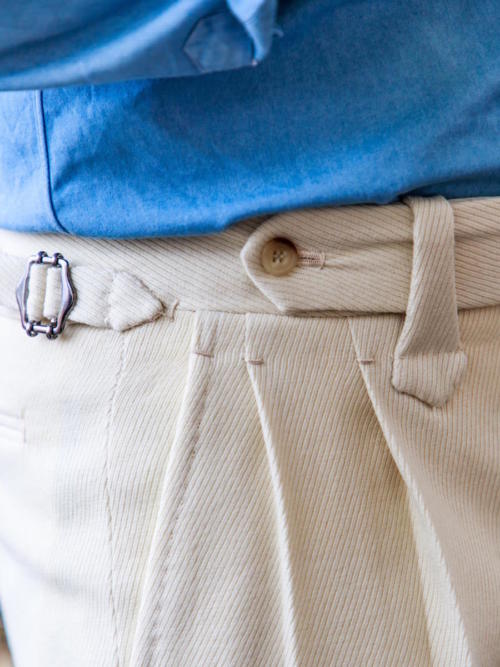
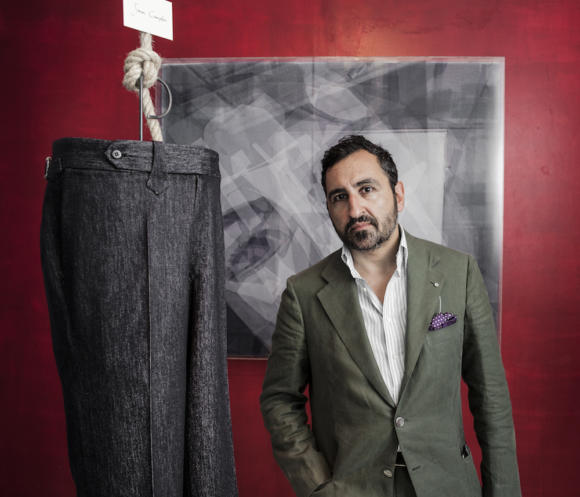
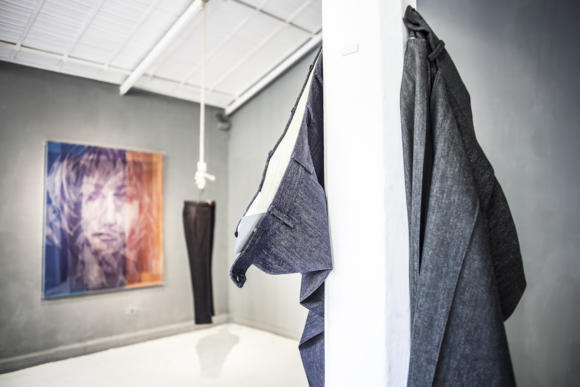
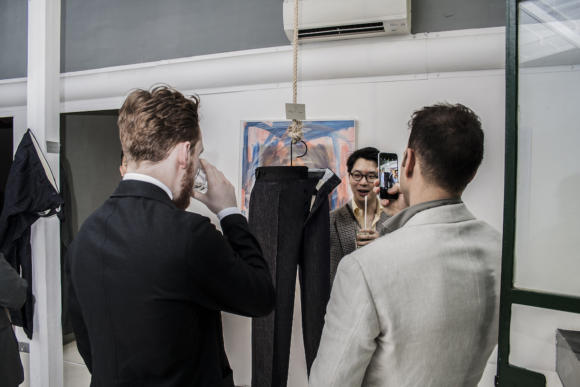
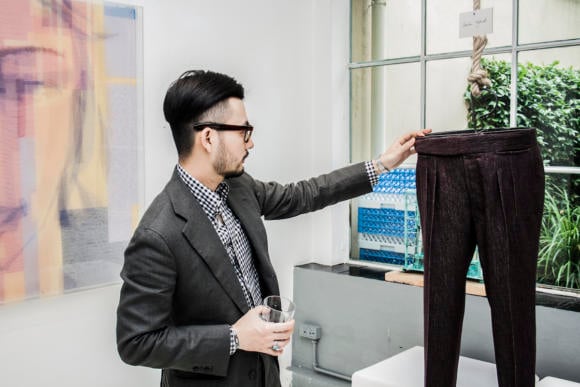
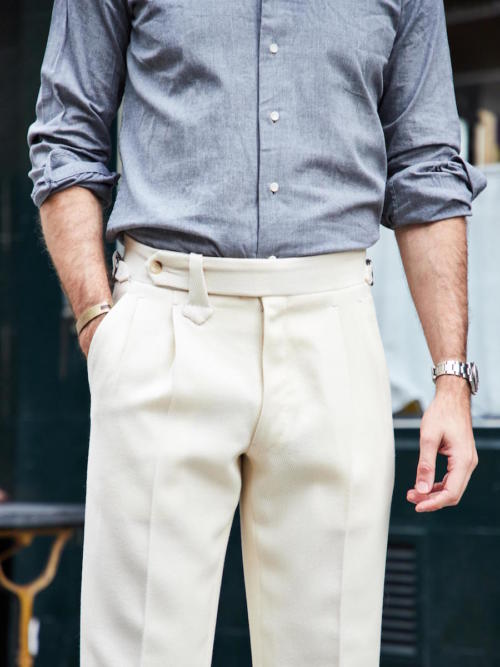
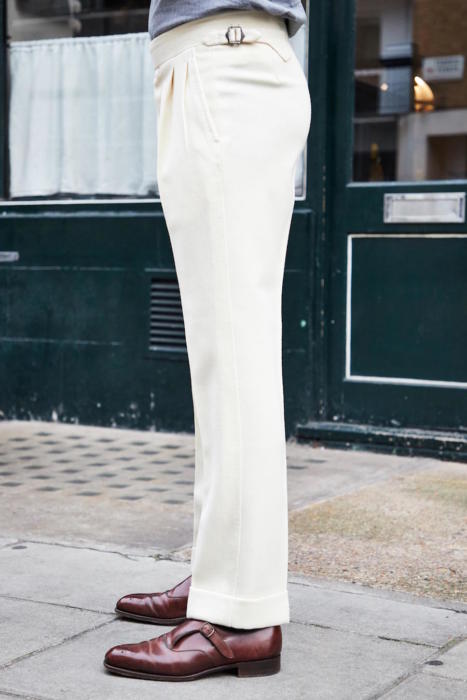
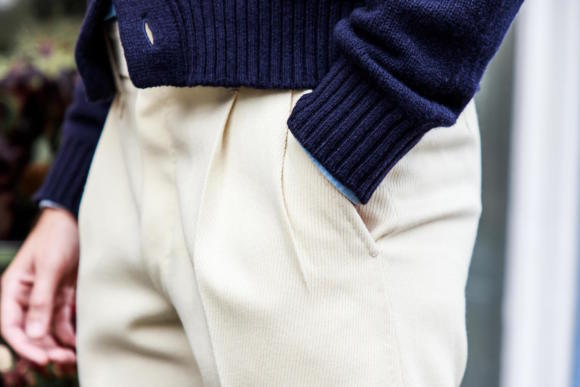
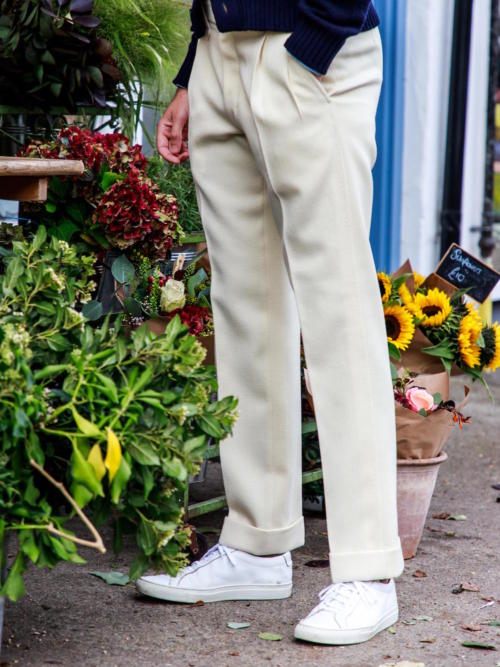
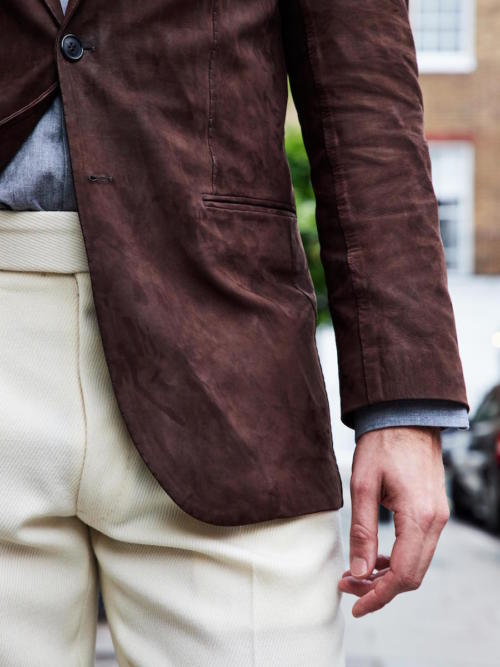
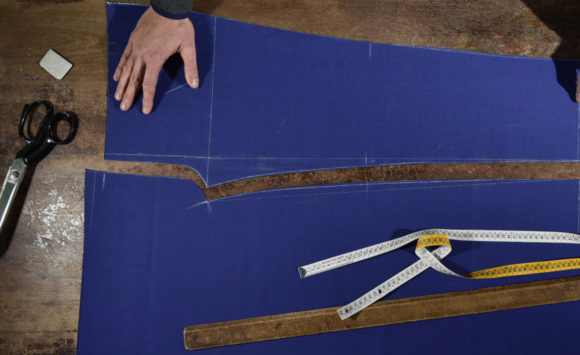
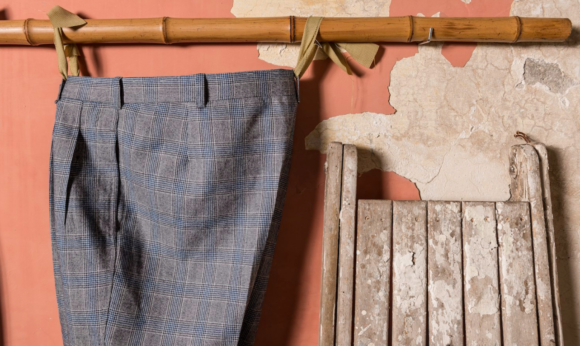
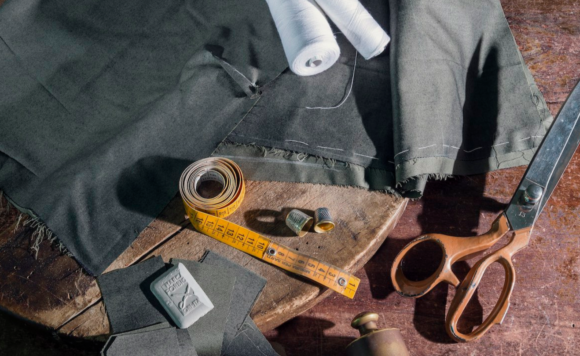
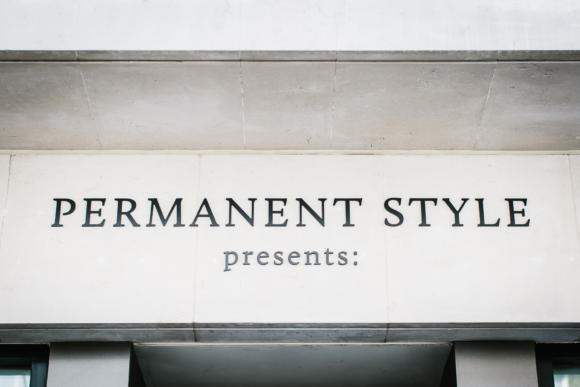
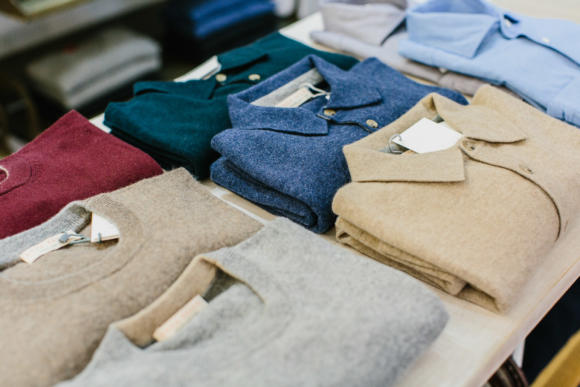
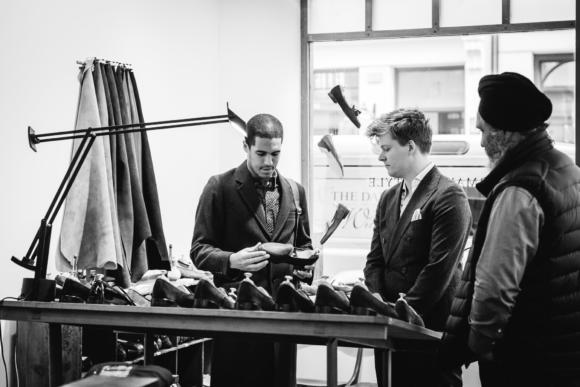
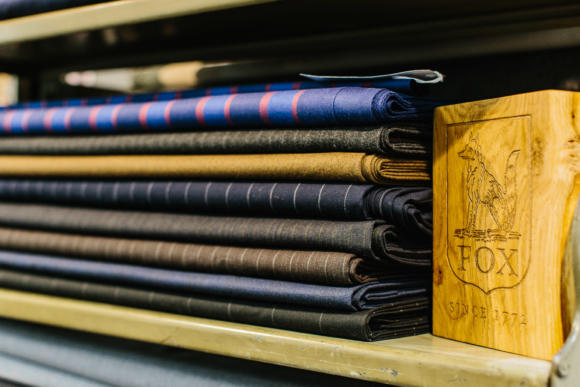
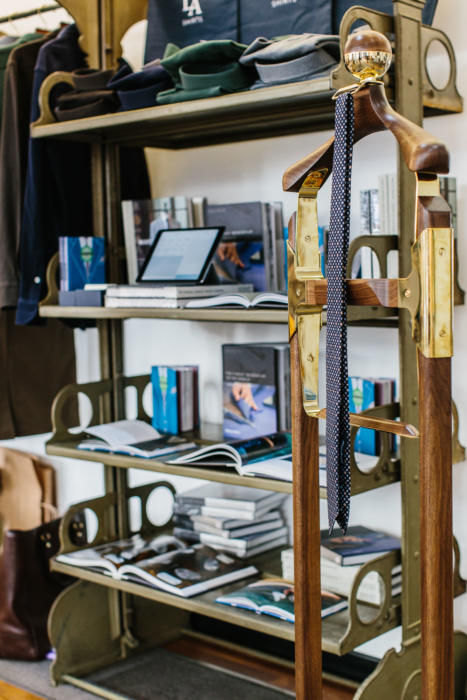
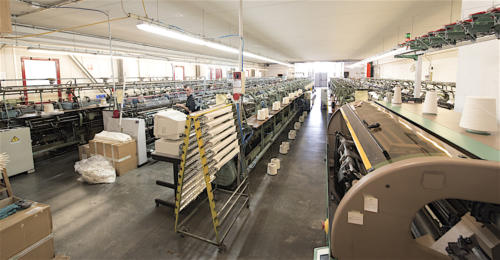
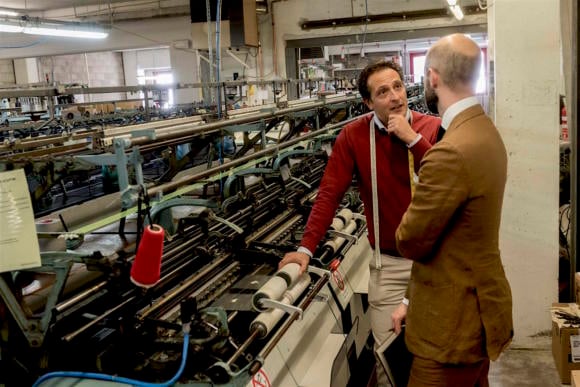
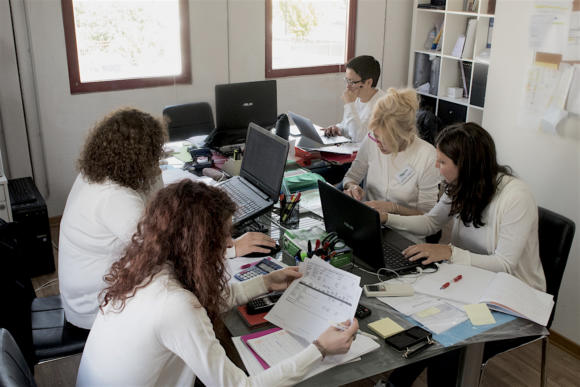
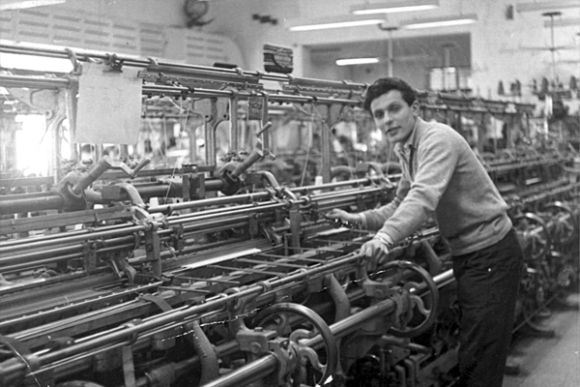
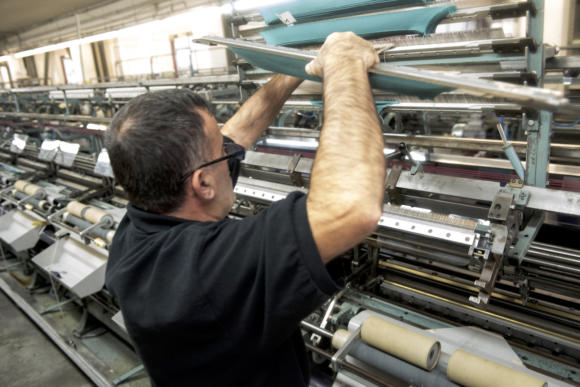
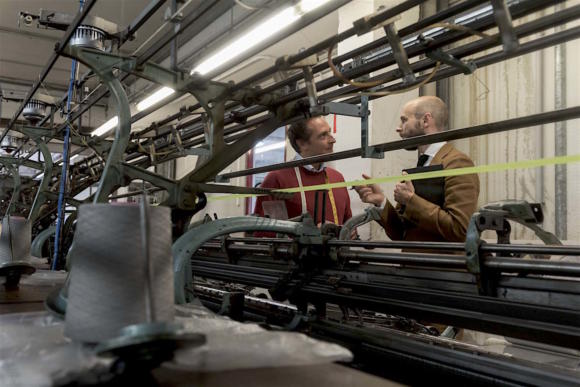
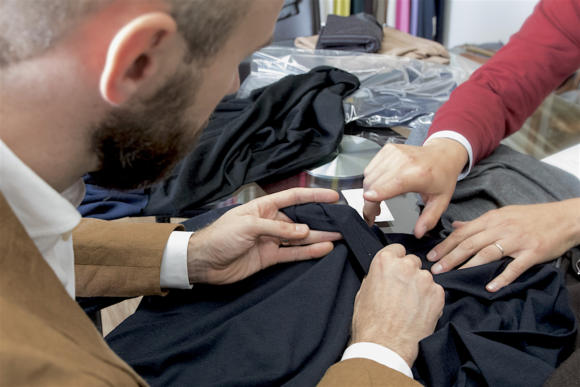
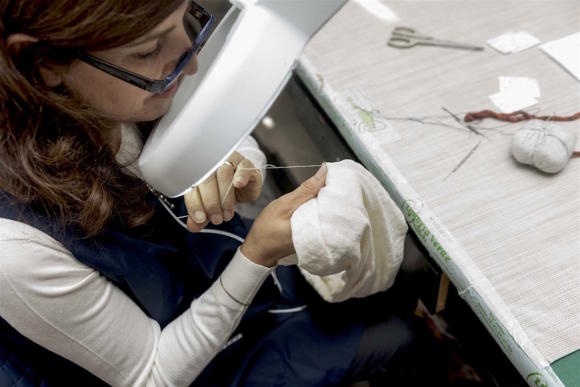
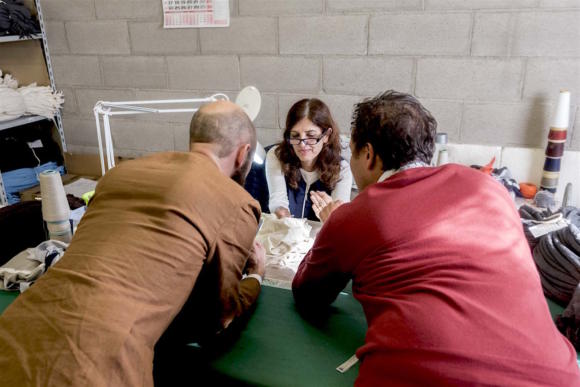
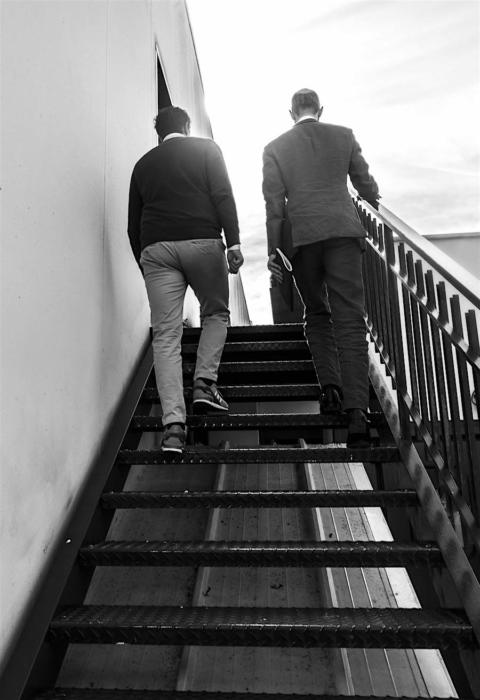
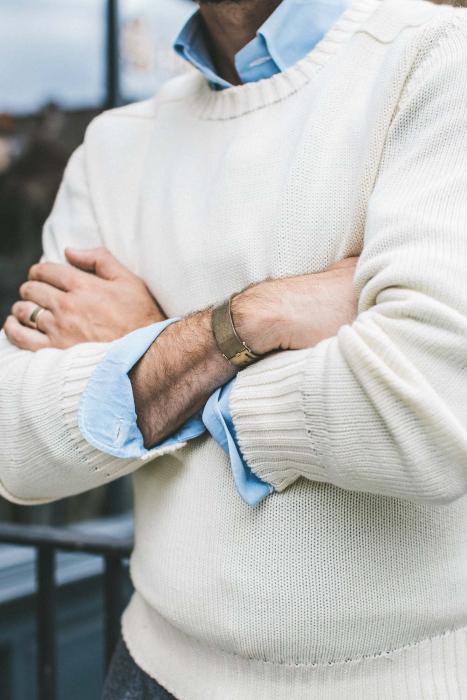

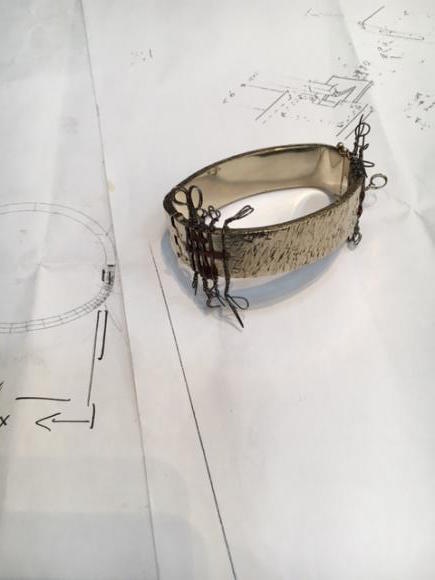
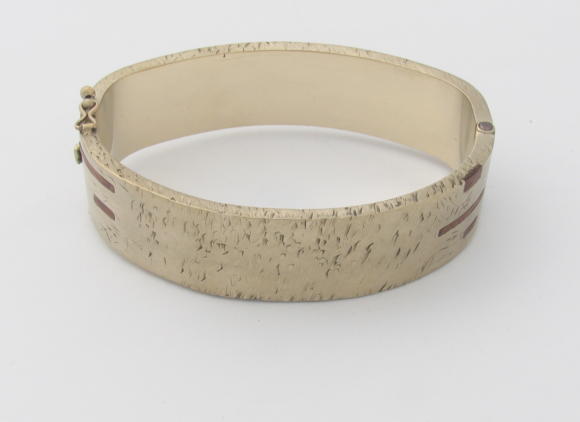
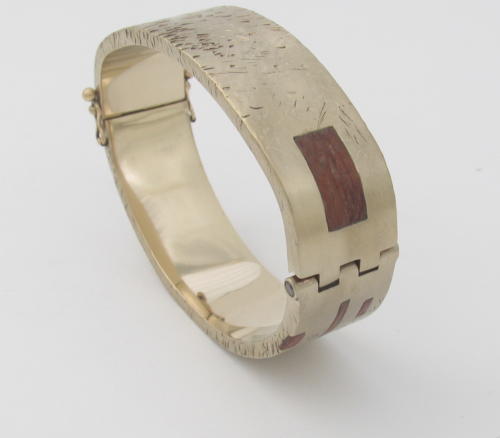
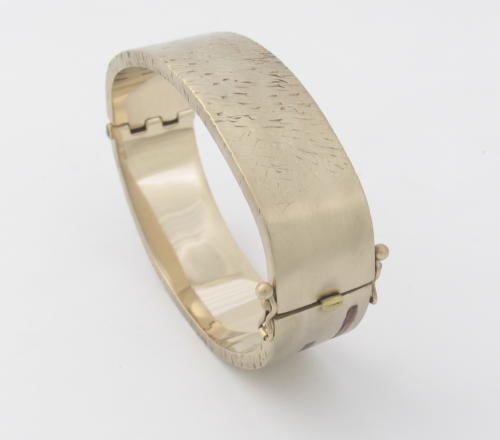
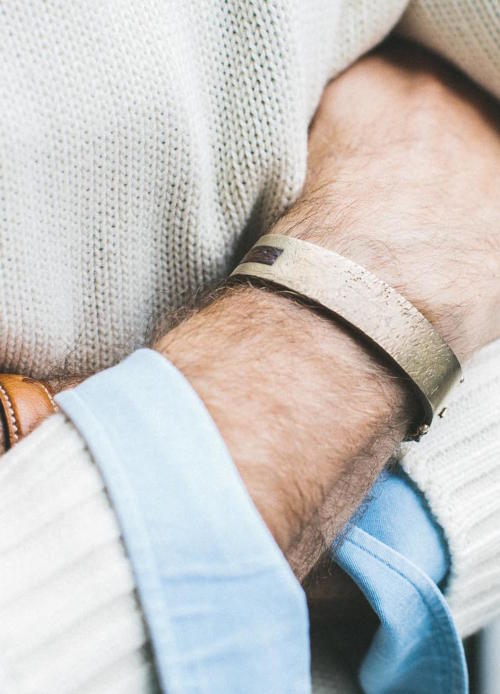
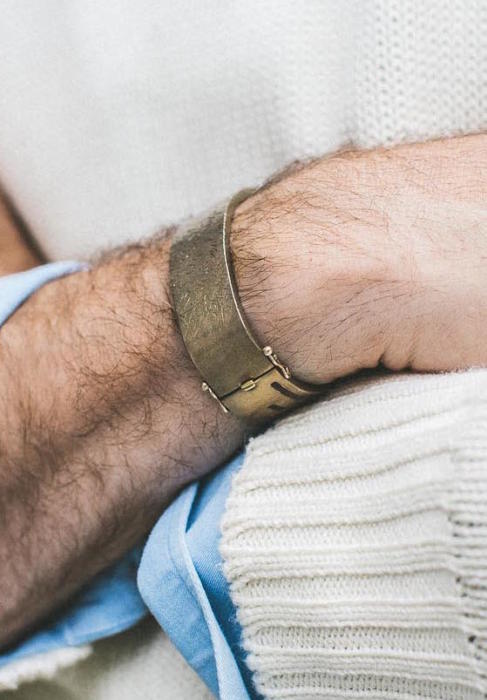
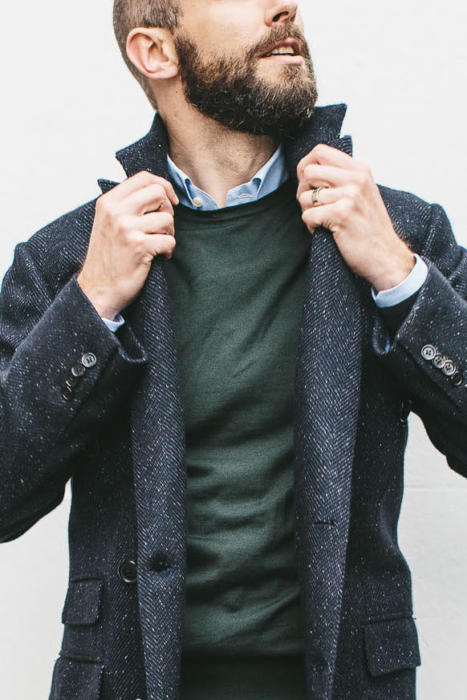
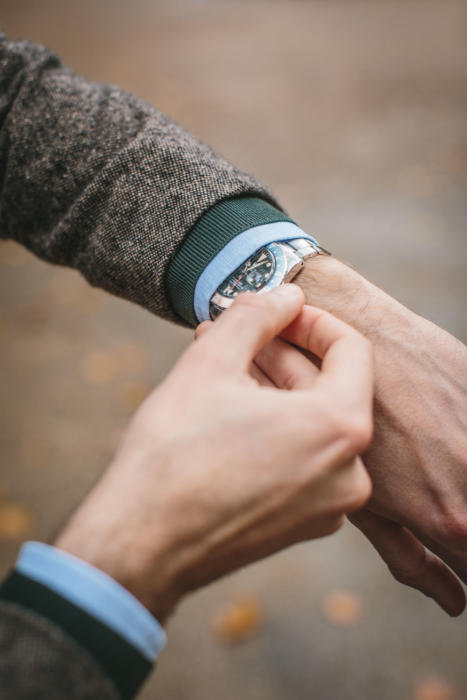
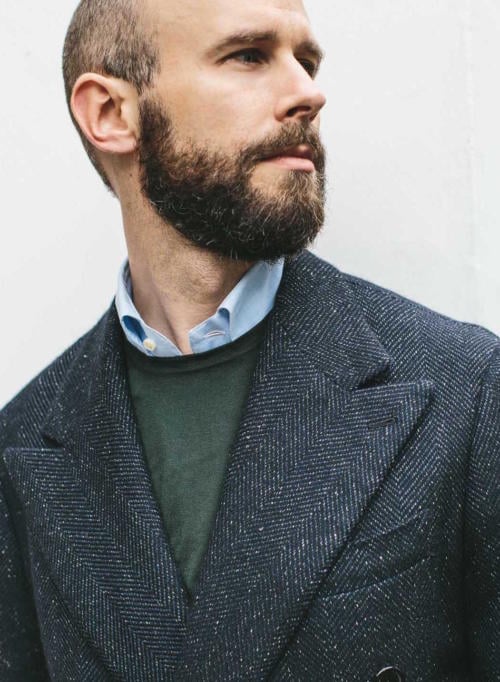
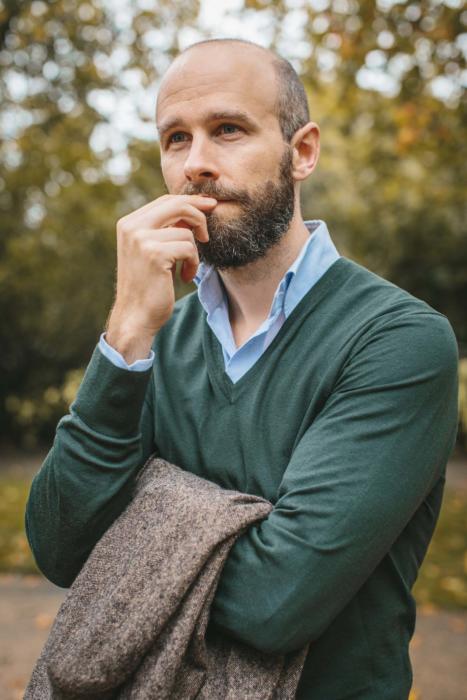
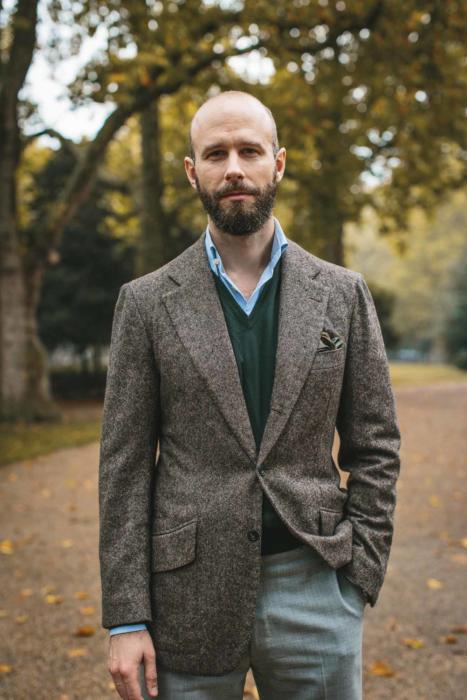
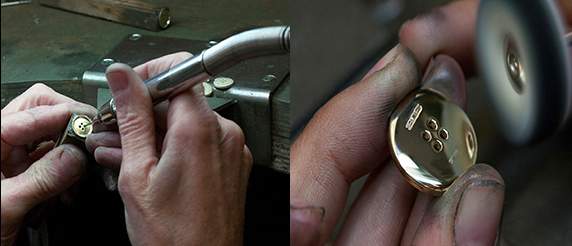
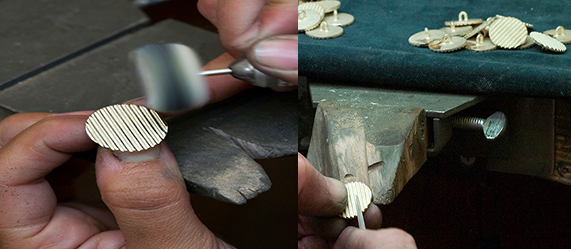
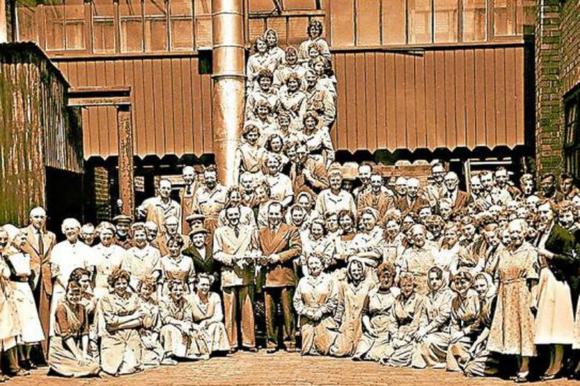
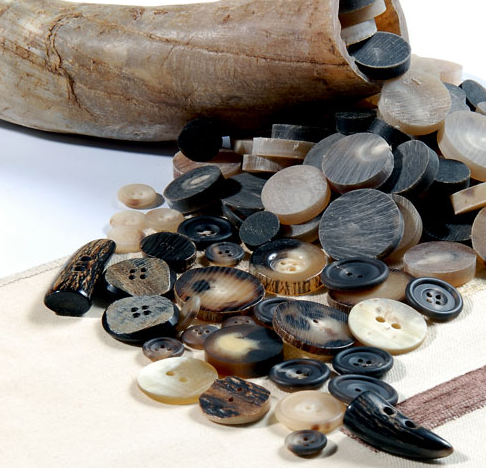
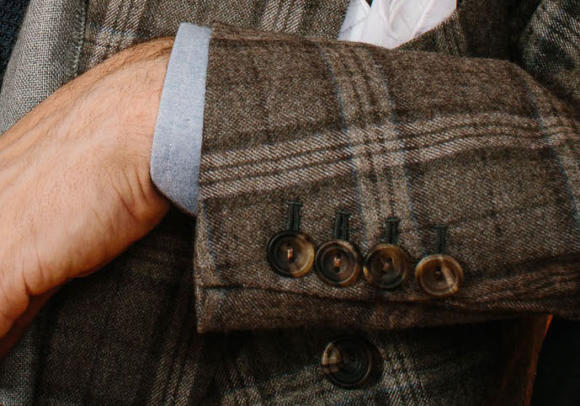
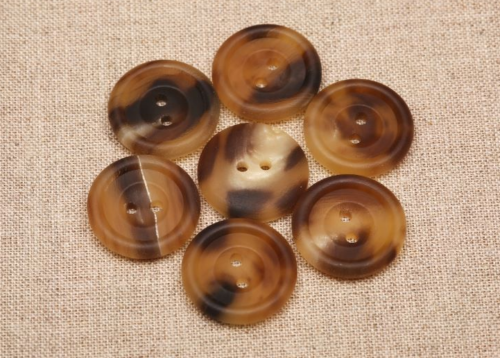
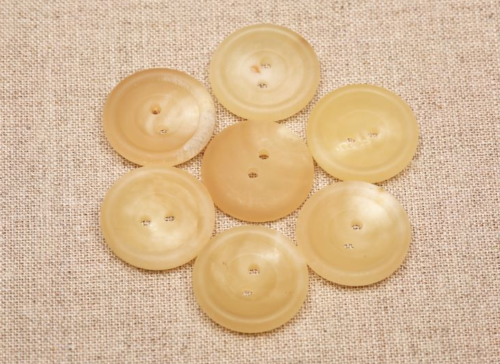
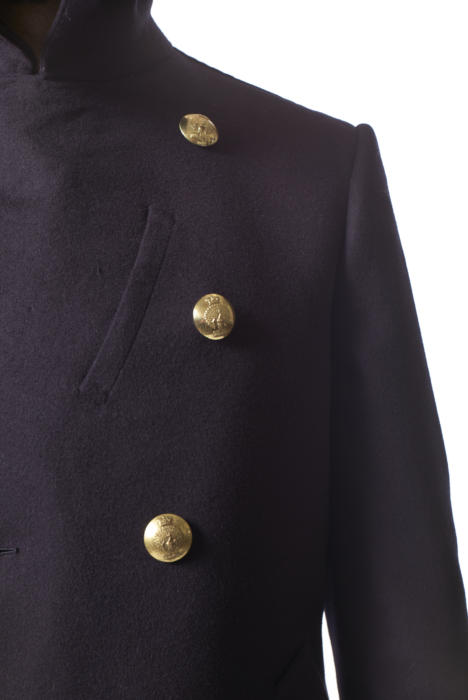
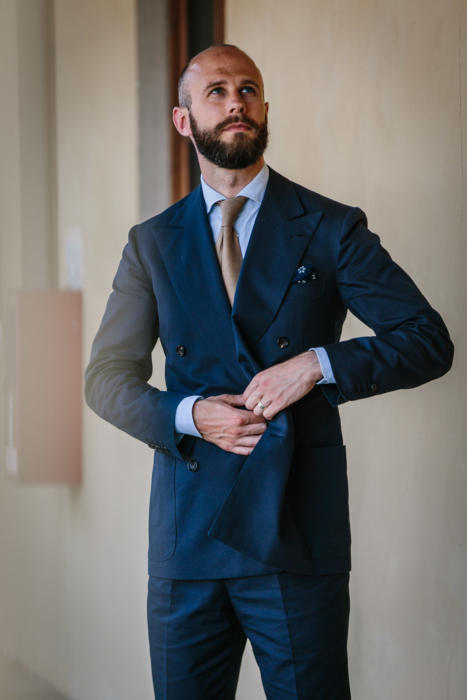
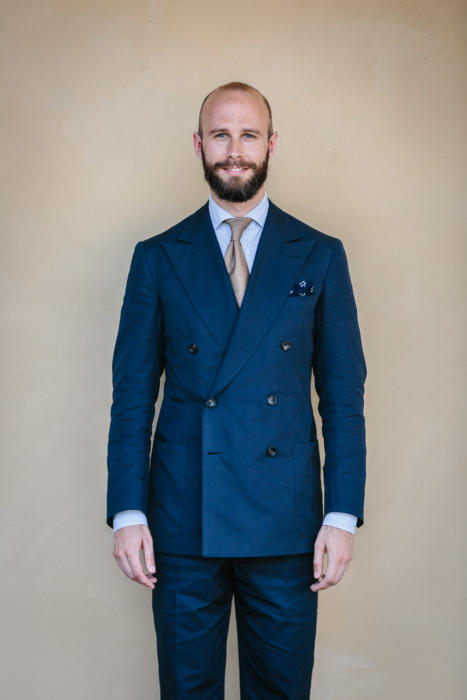
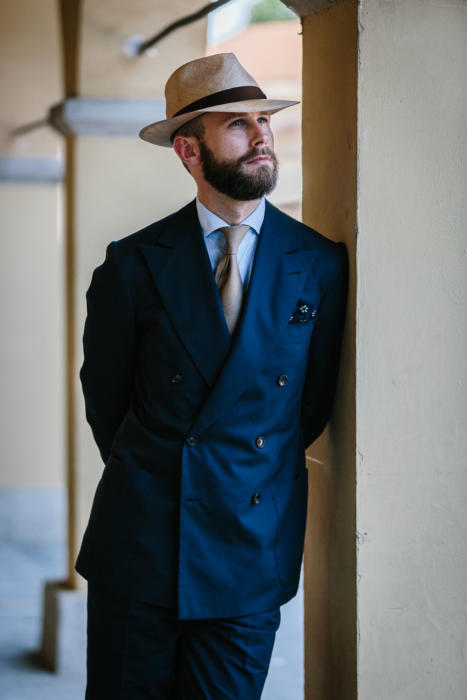
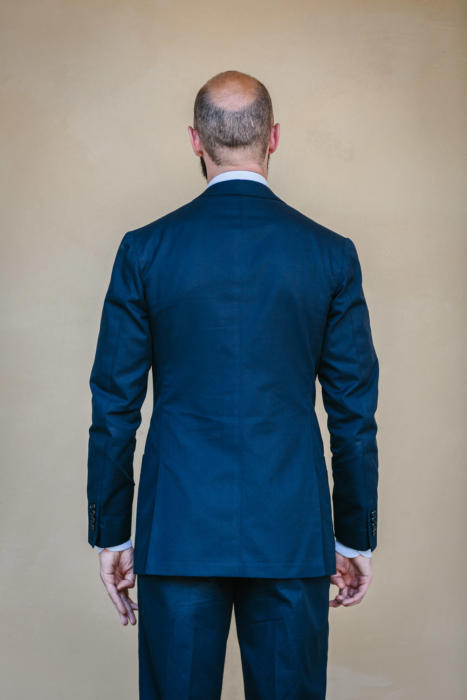
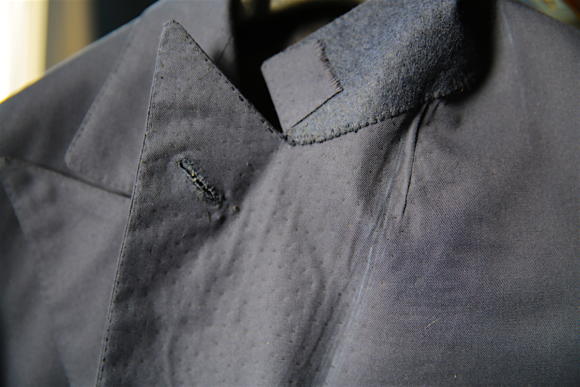
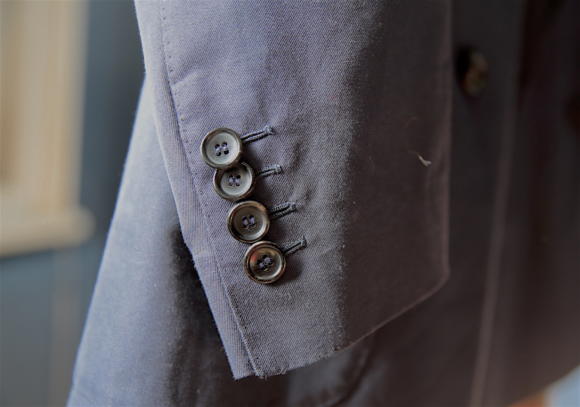
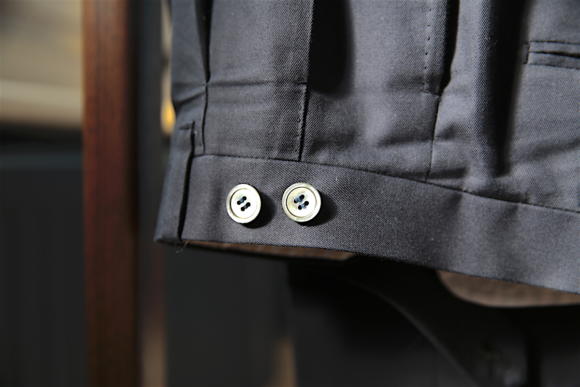
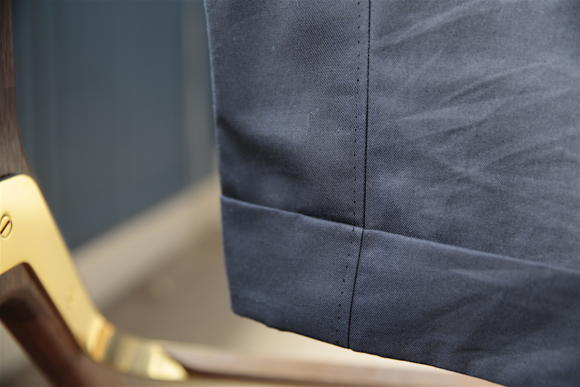
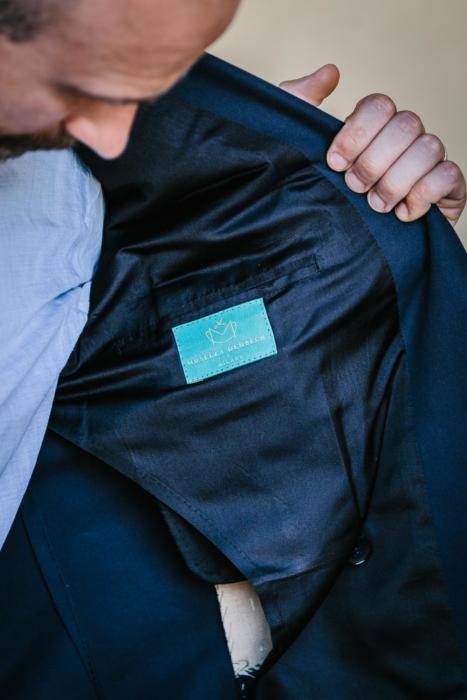
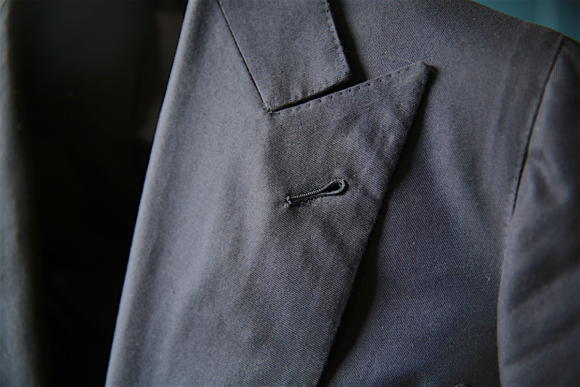
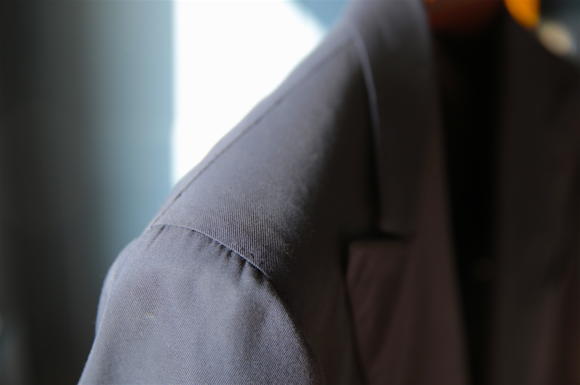
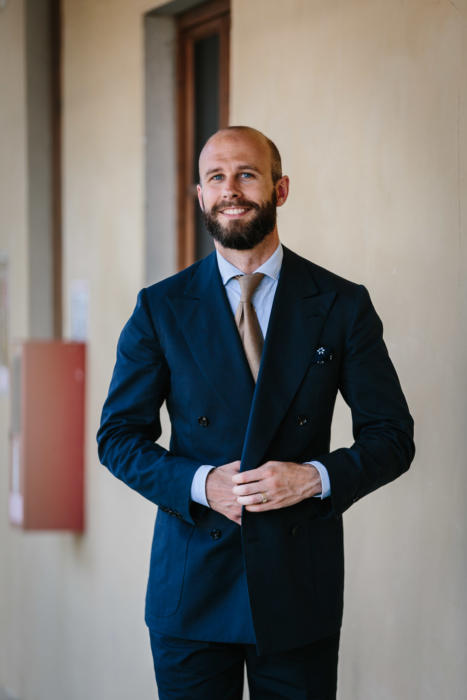
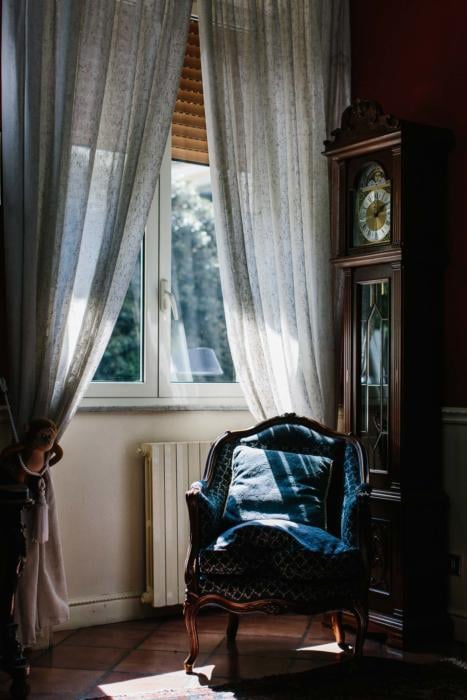
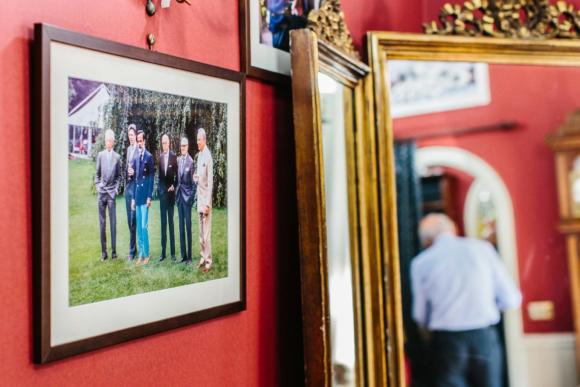
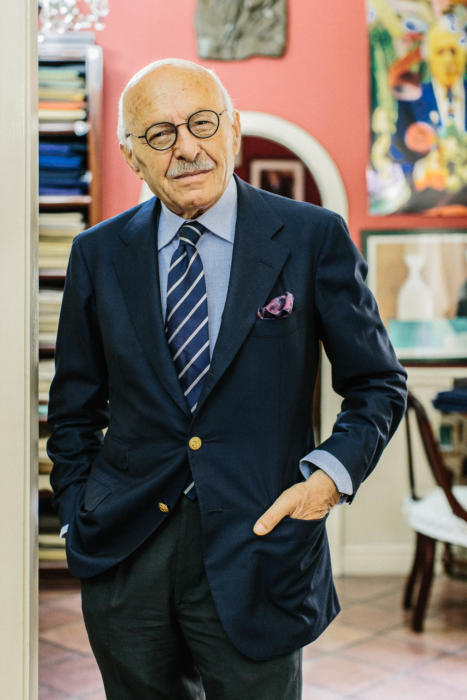
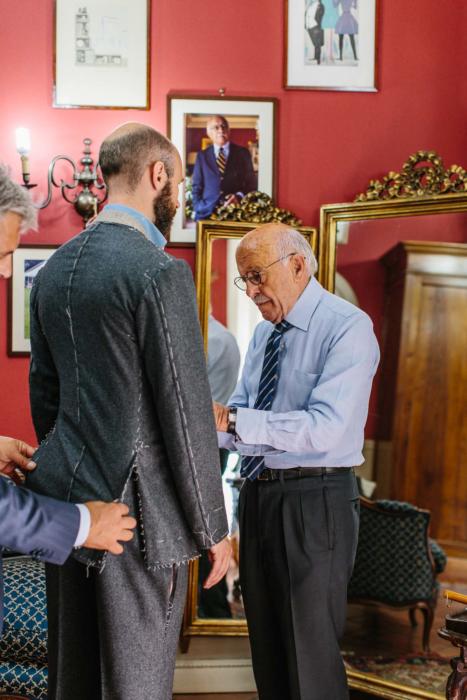
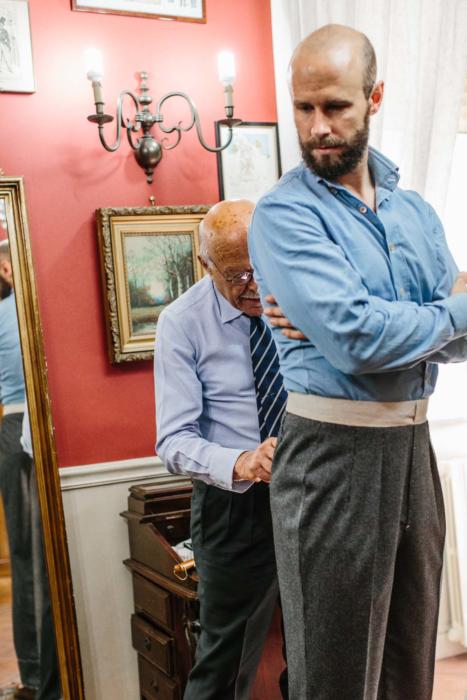
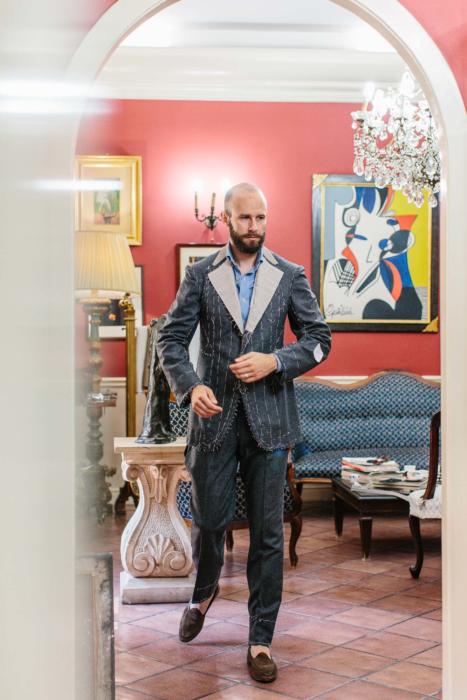
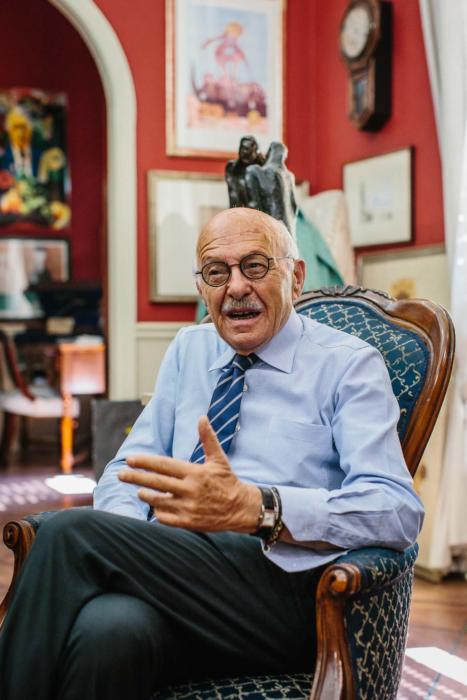
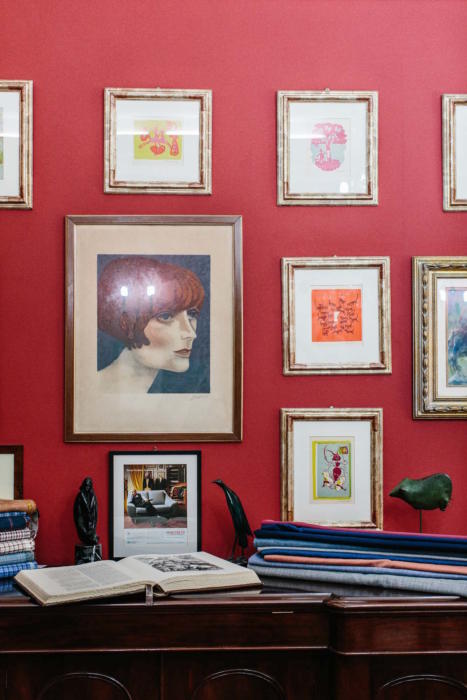
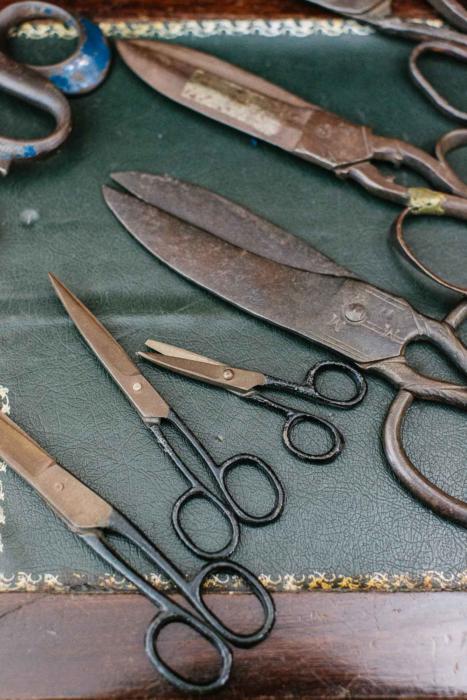
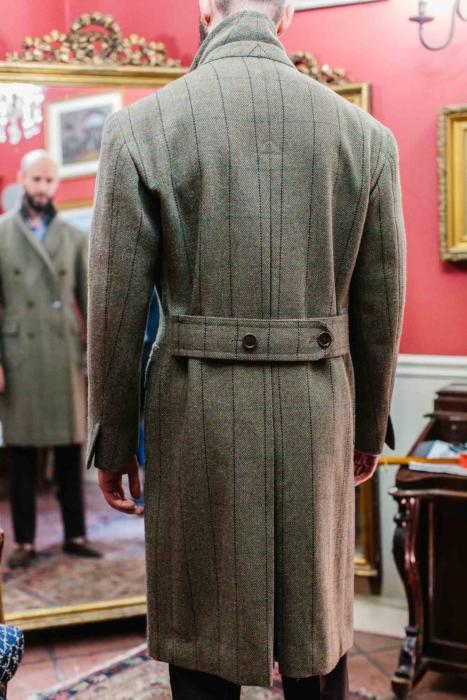
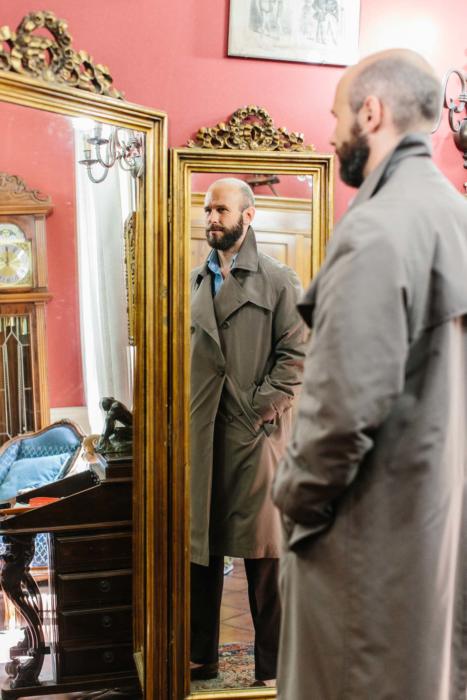
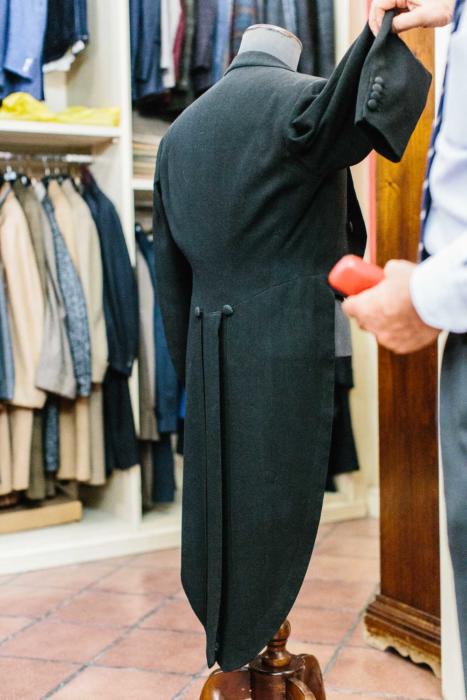
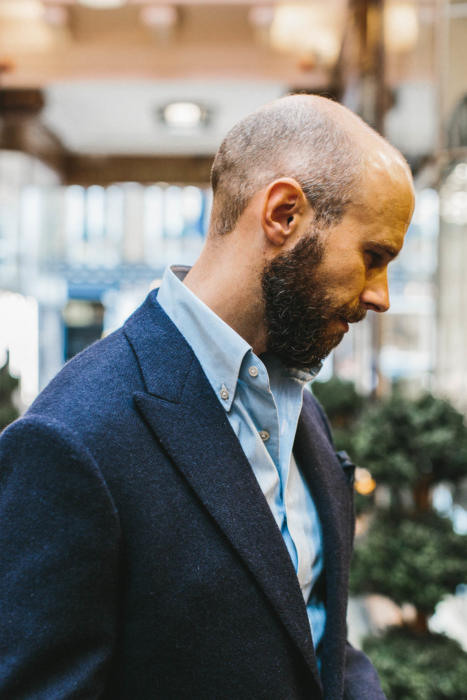
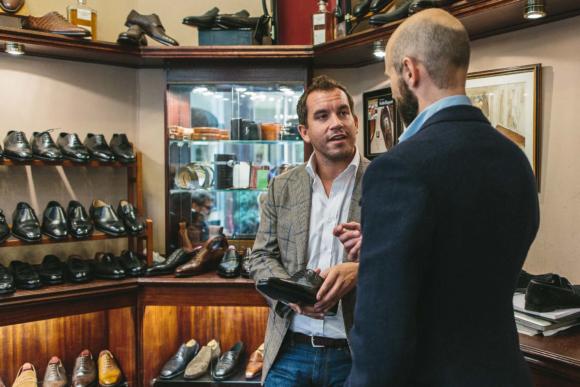
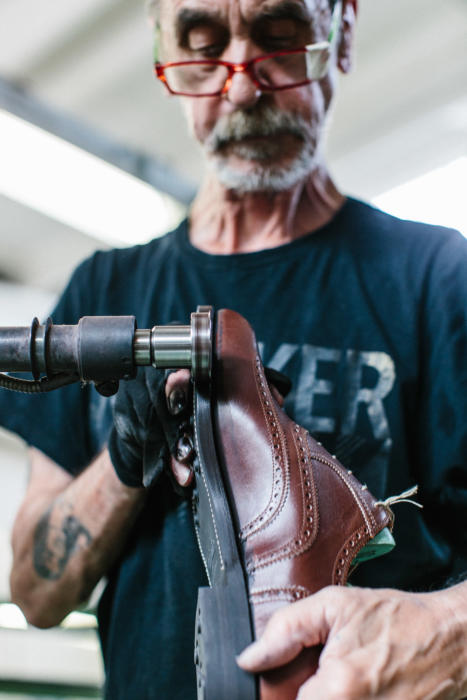
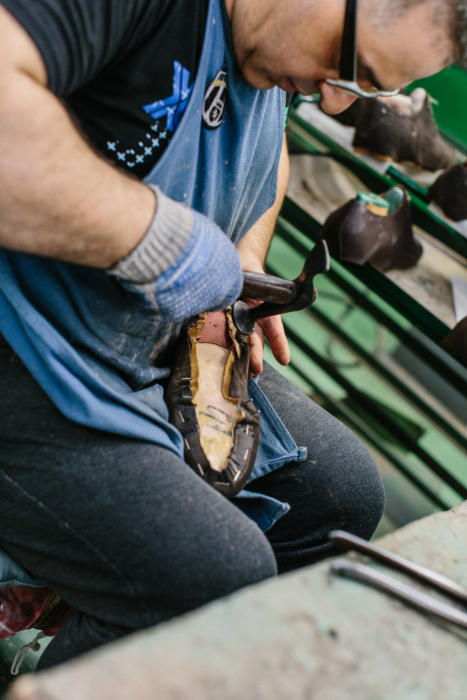
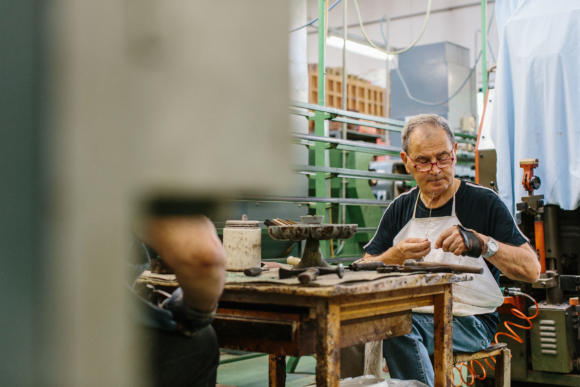
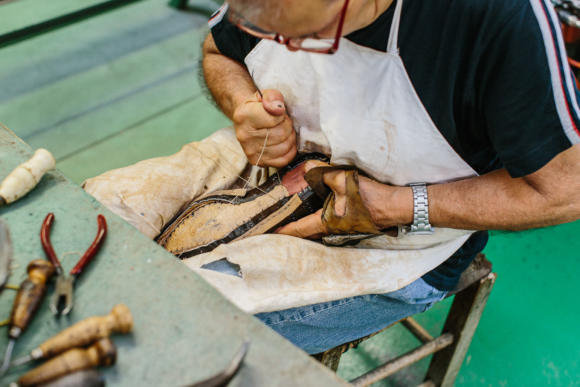
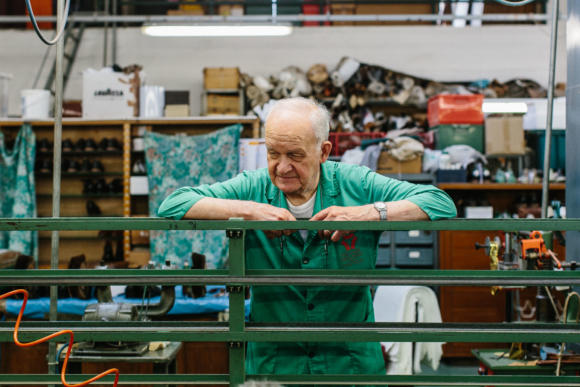
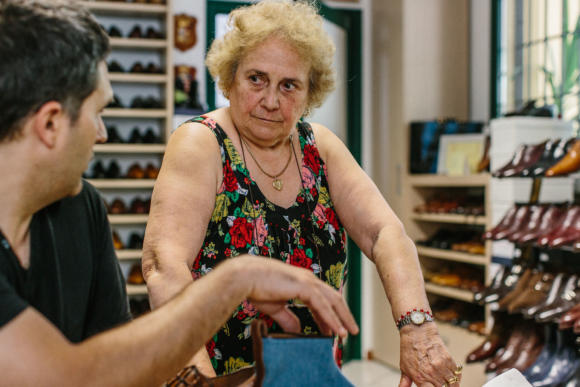
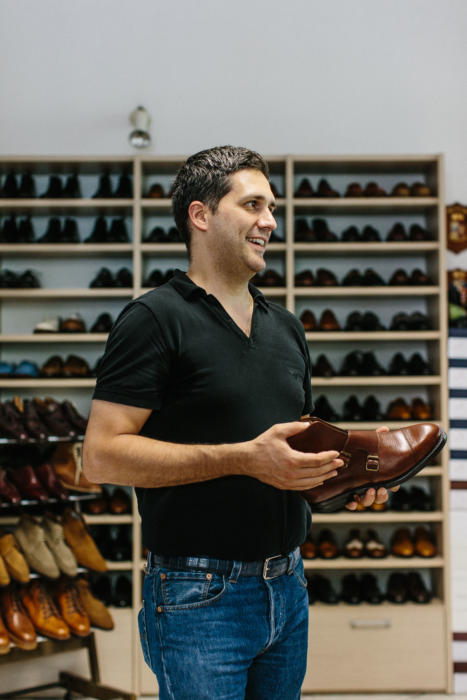
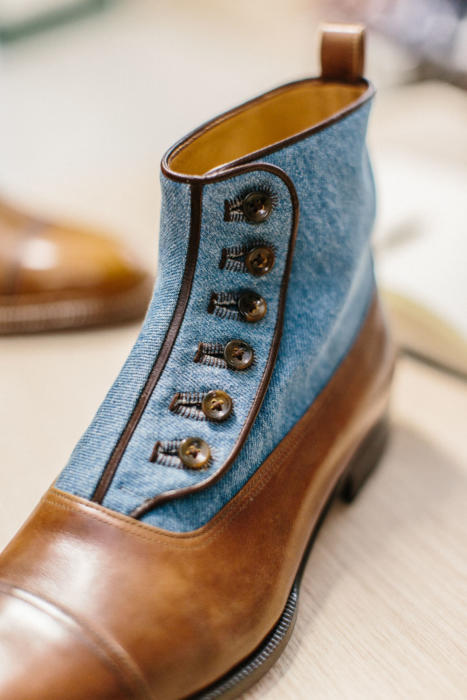
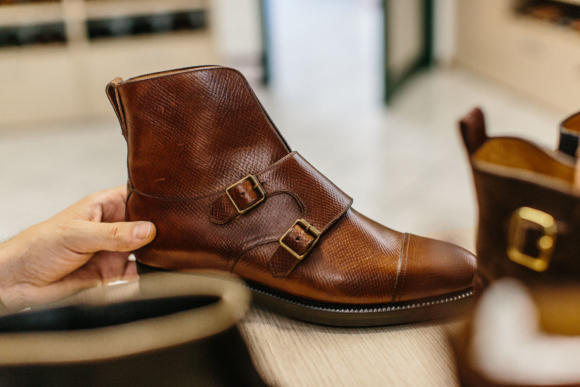
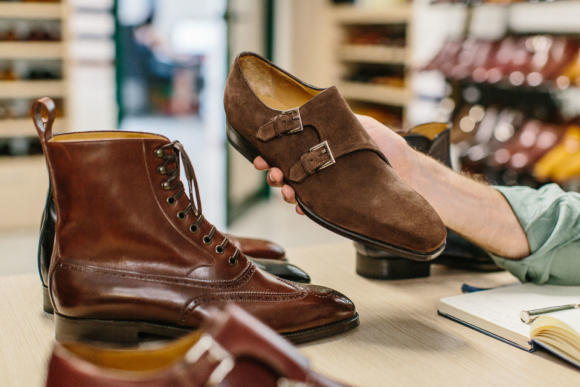
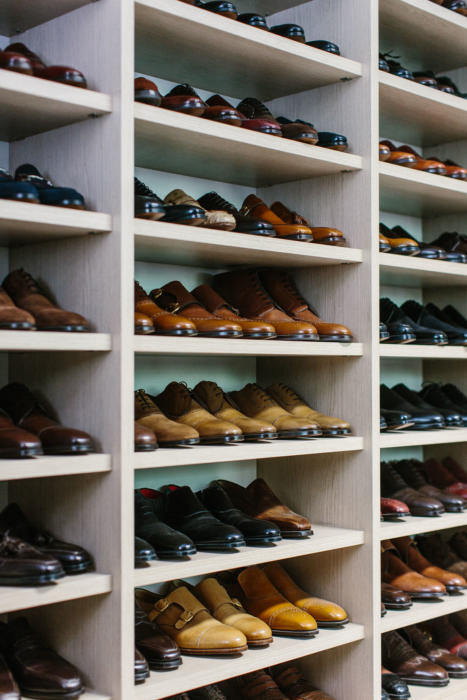
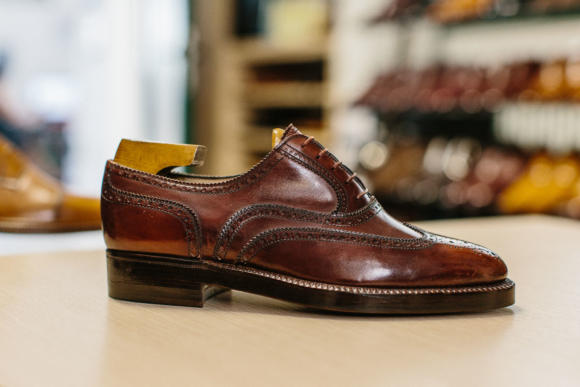
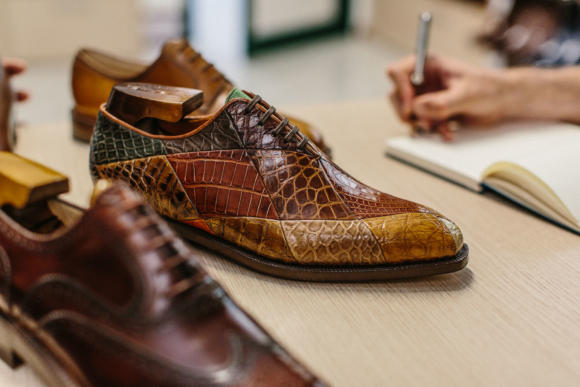
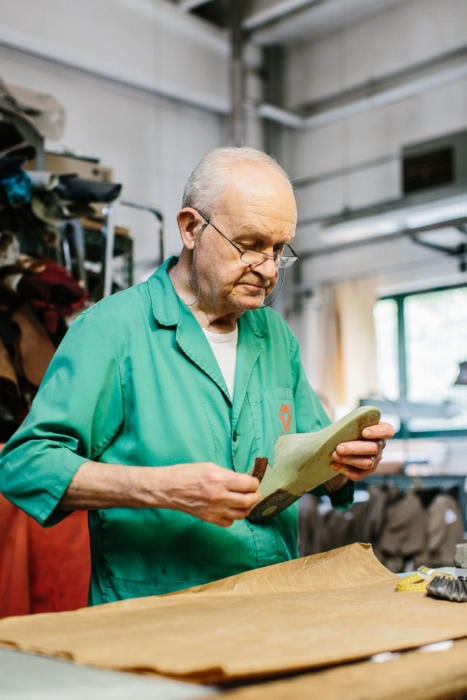
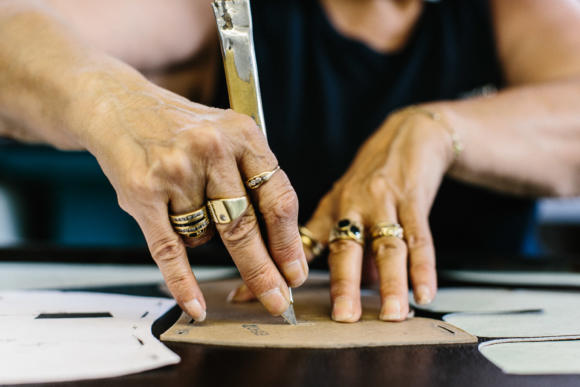
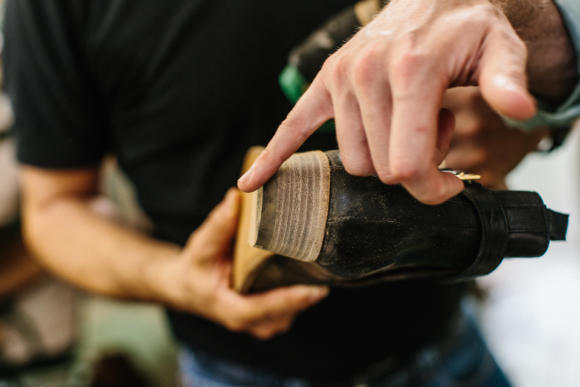
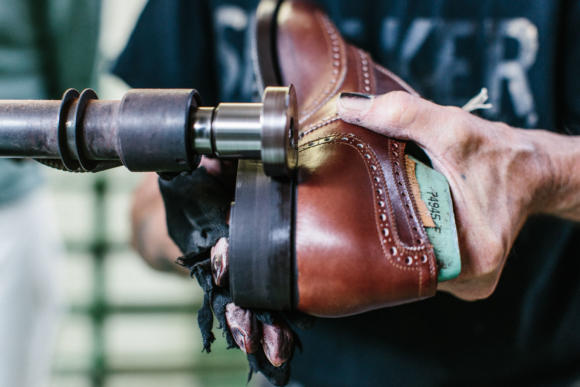
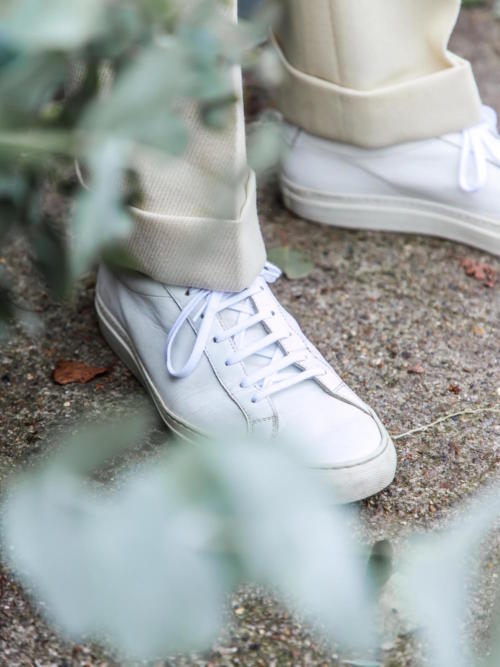
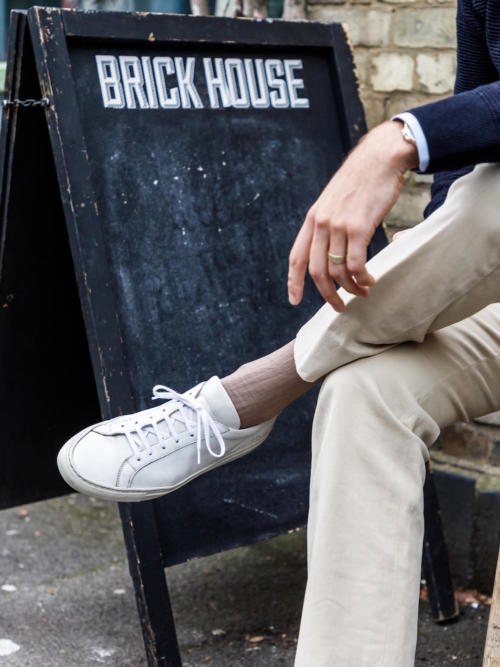
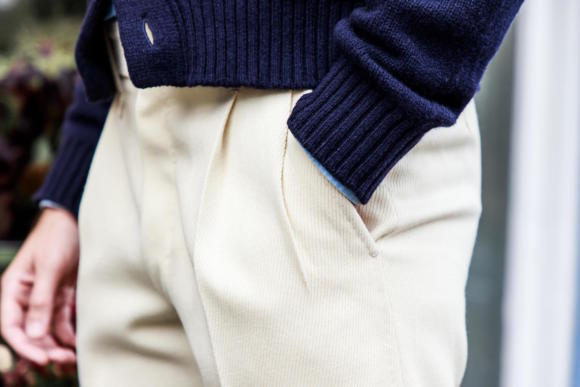
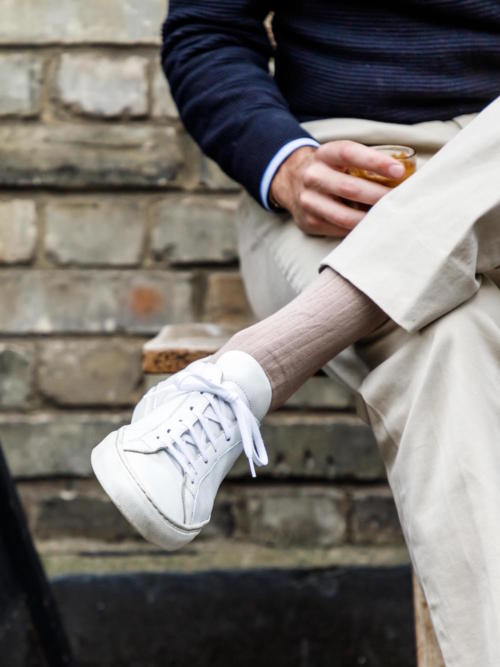
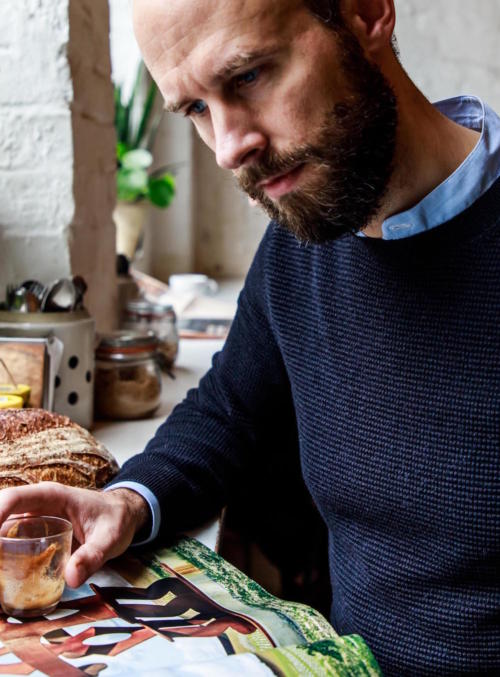
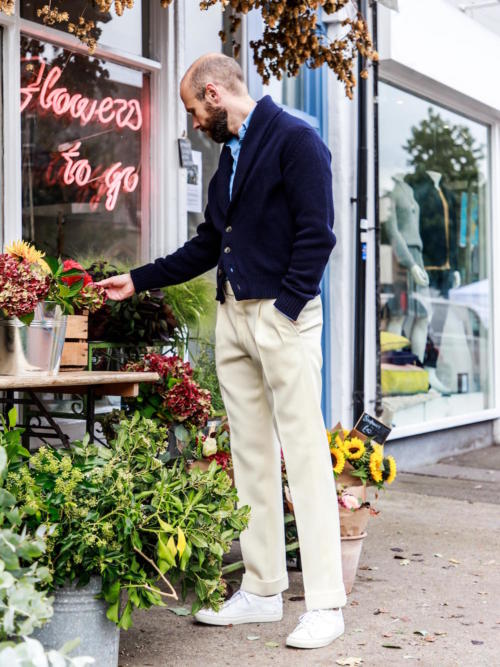
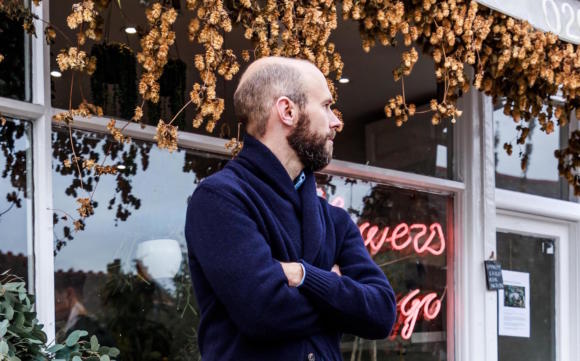
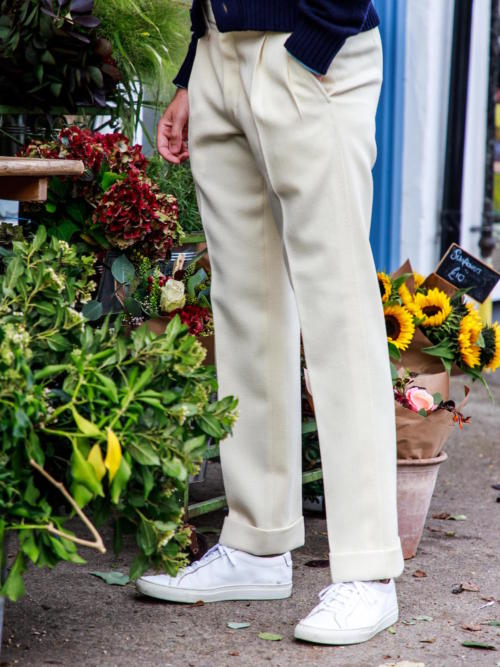
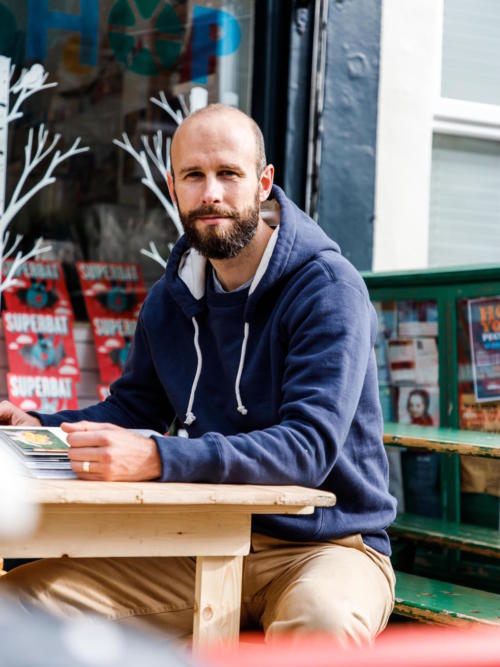
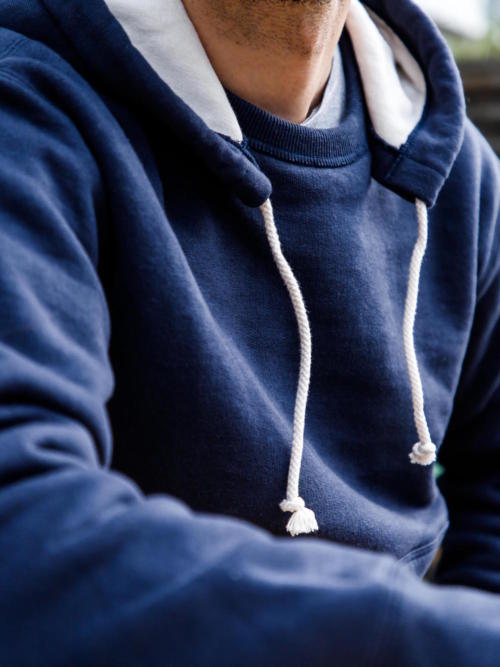
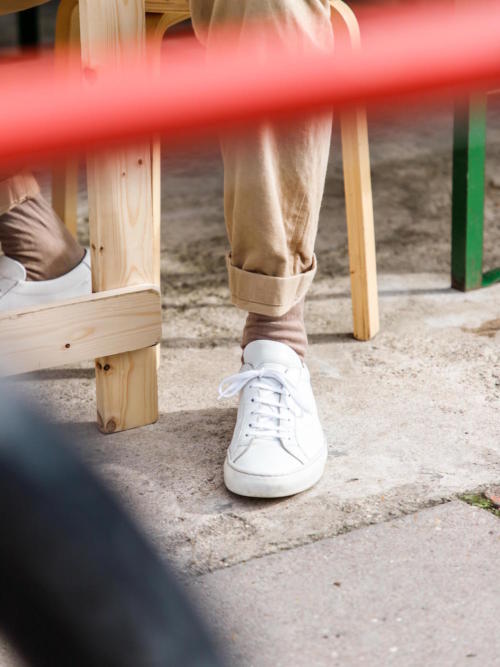
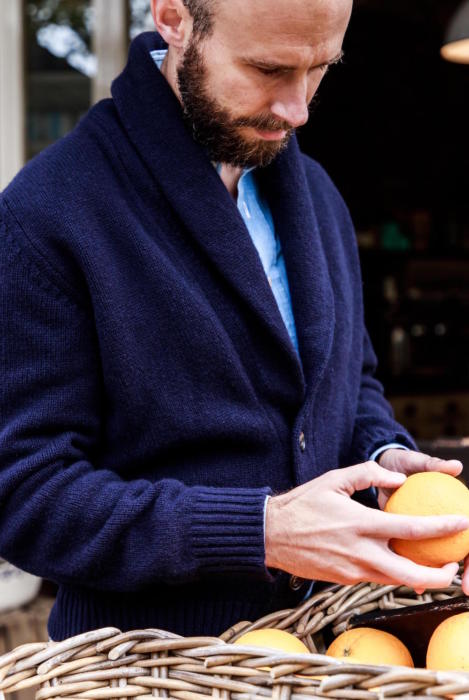
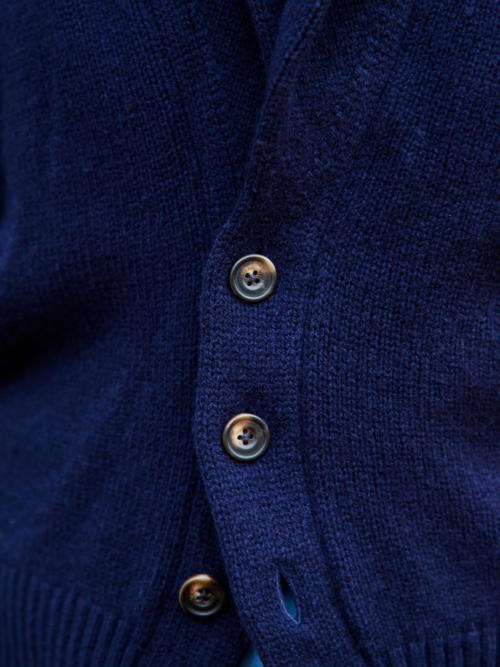
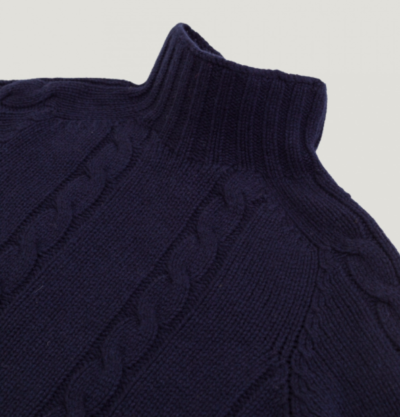
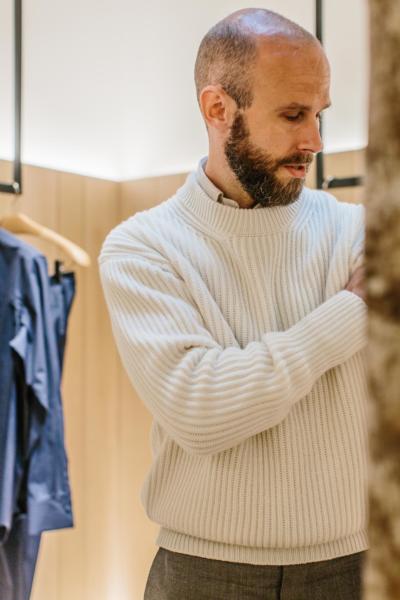
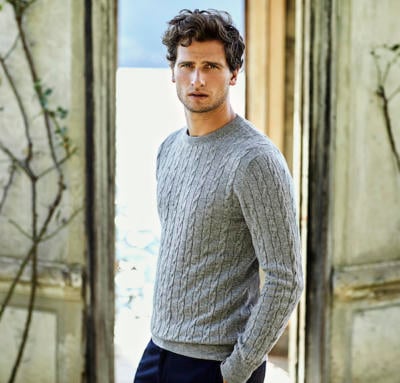
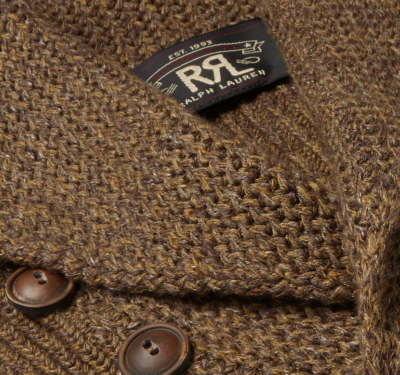
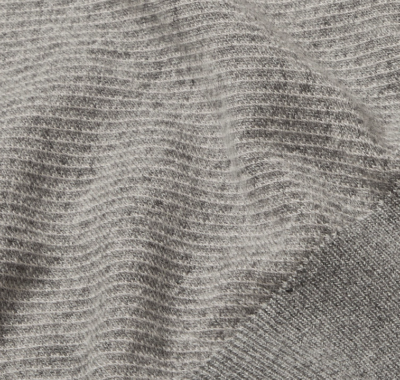
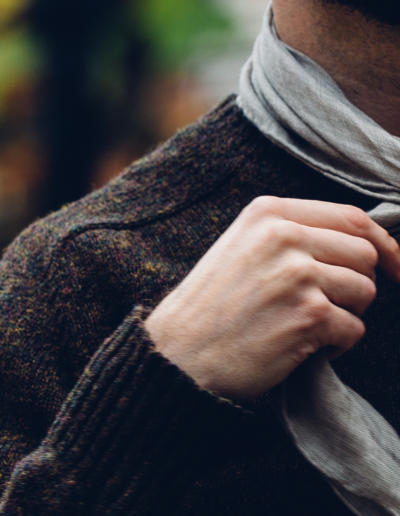
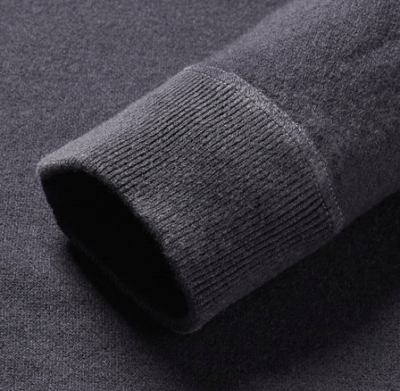
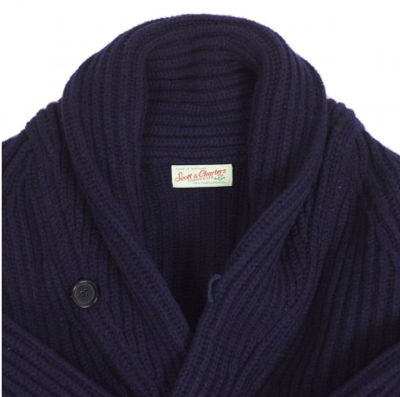 9
9 